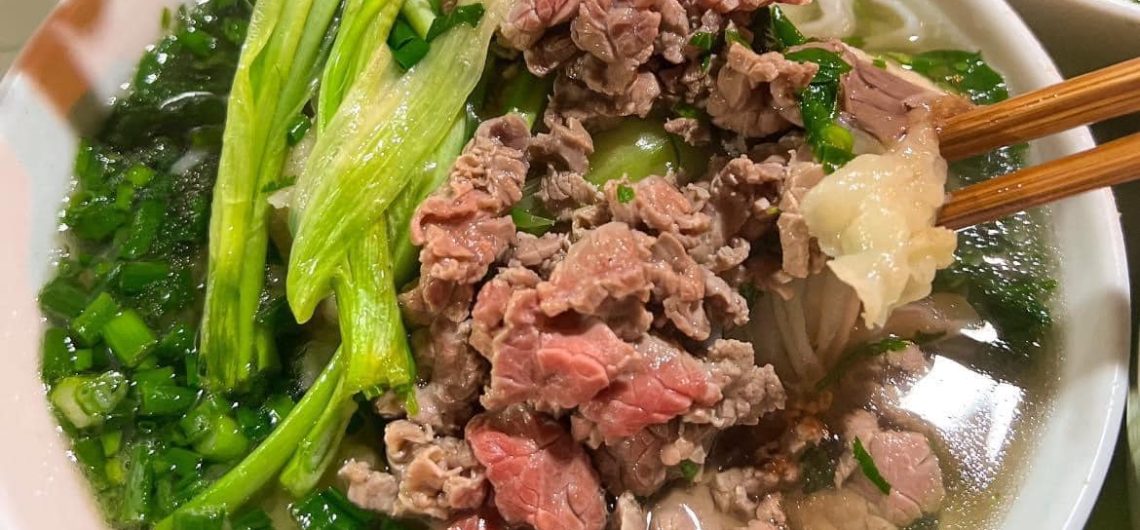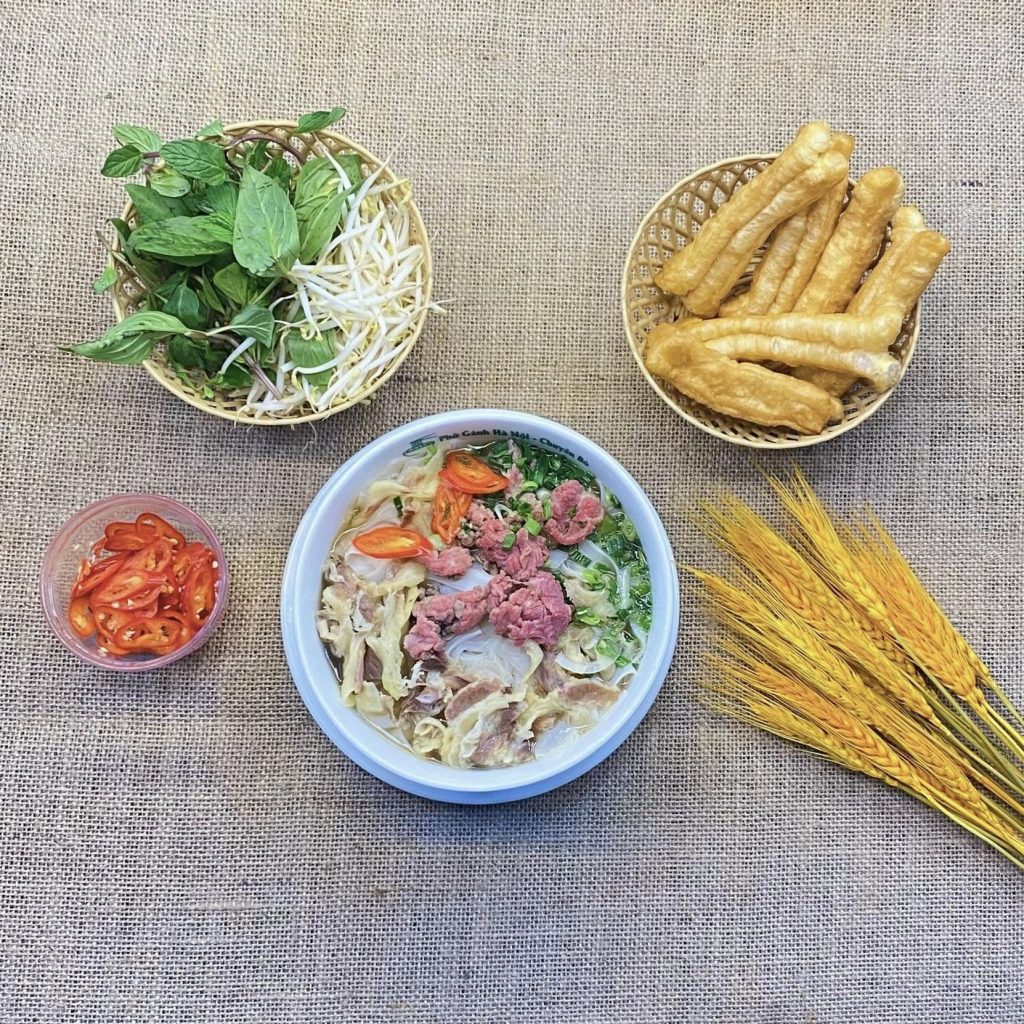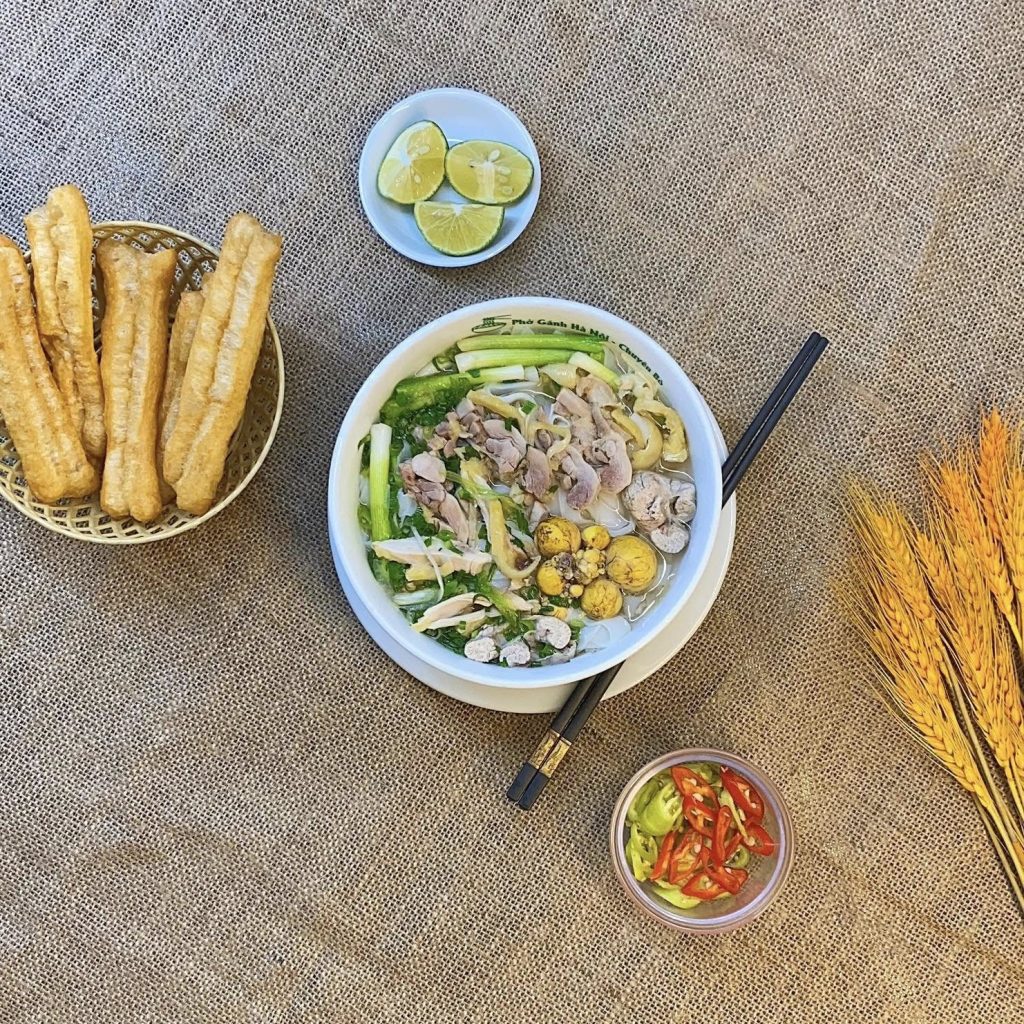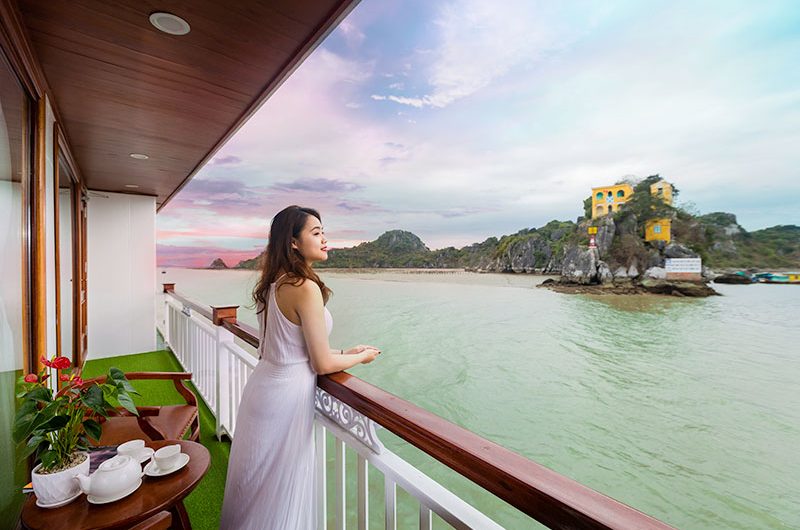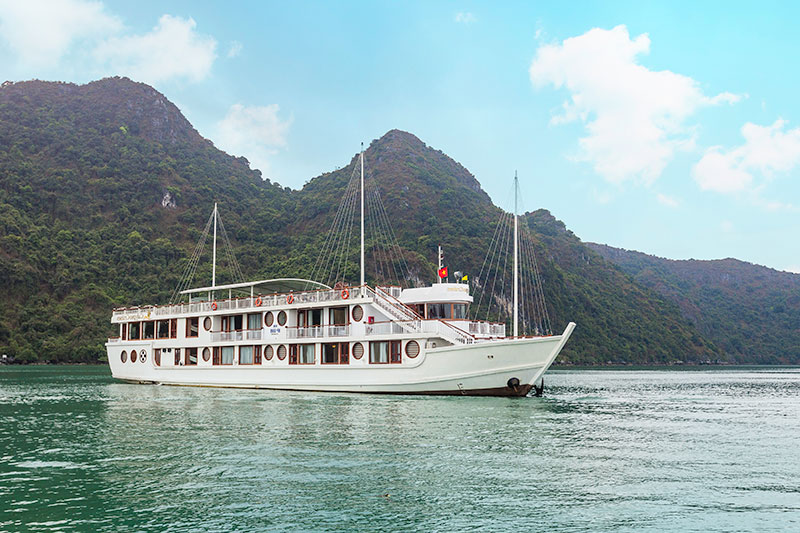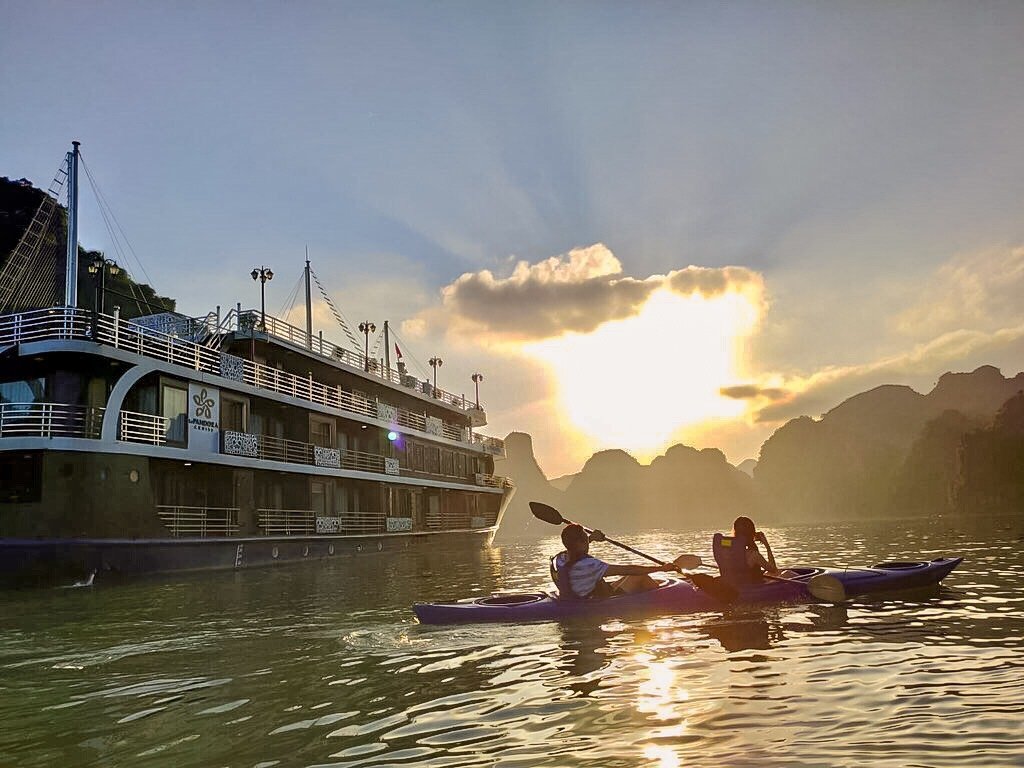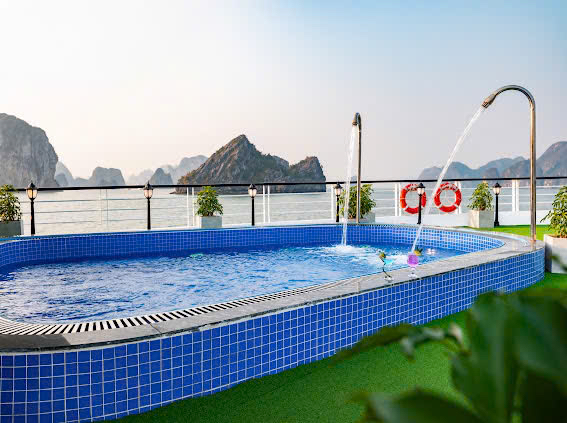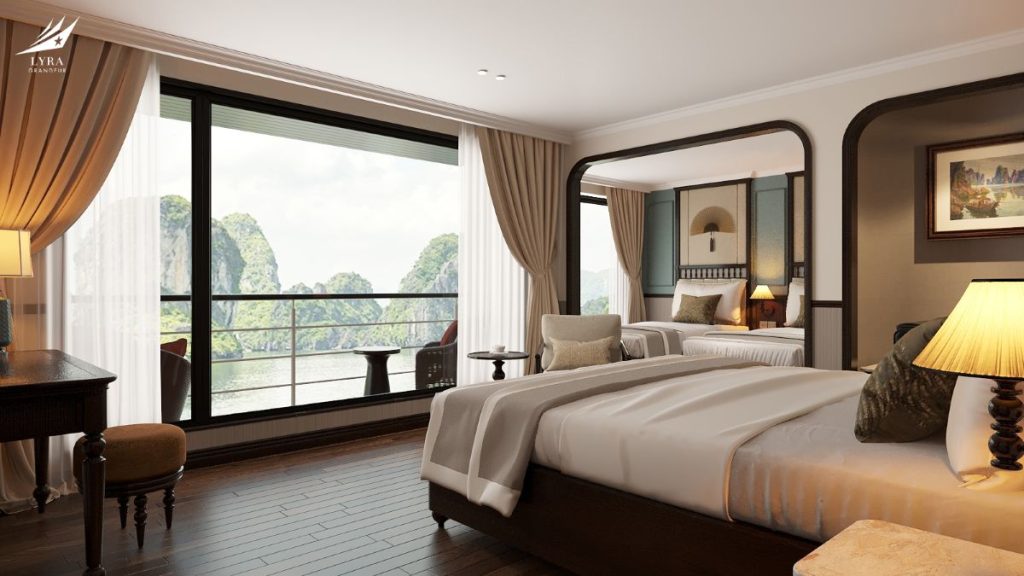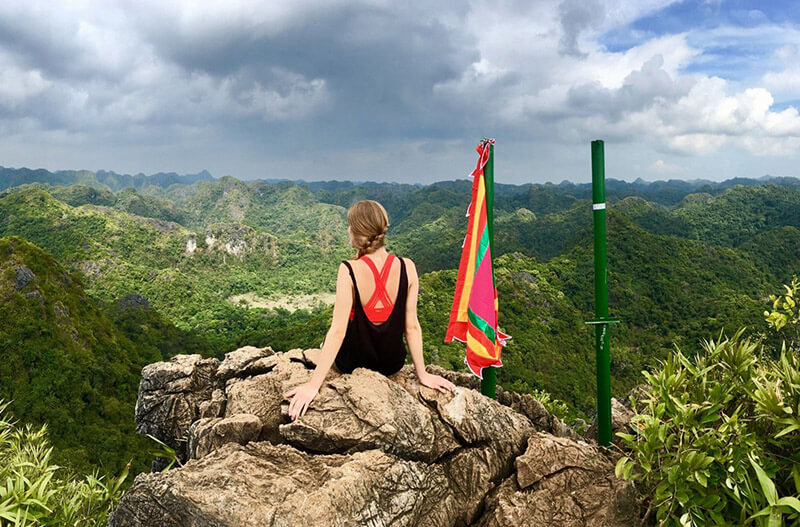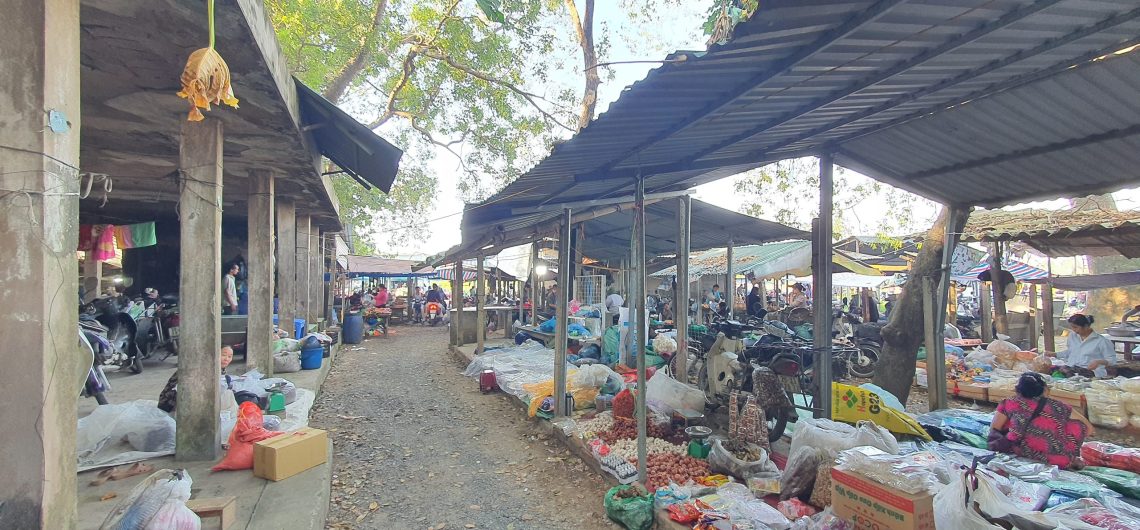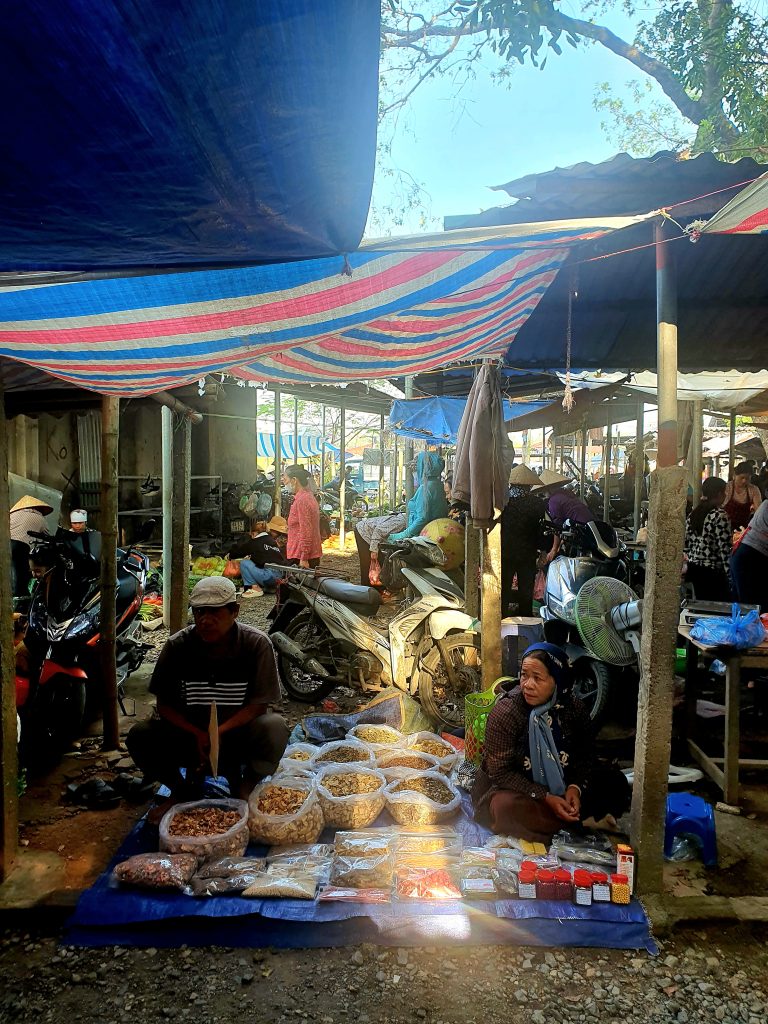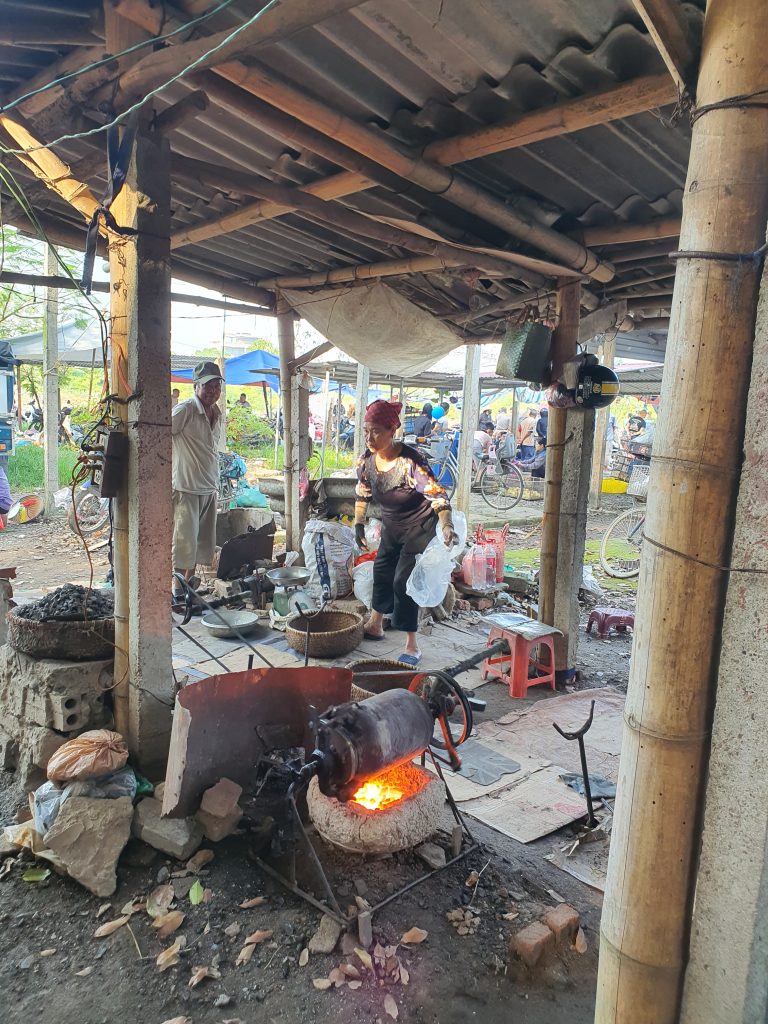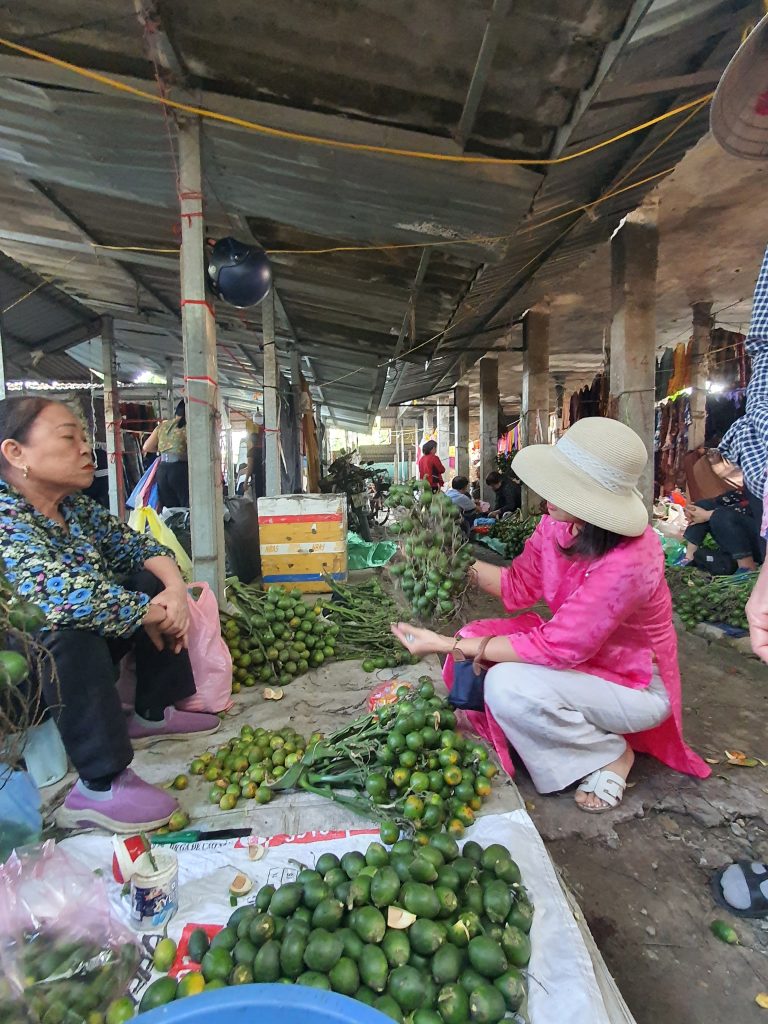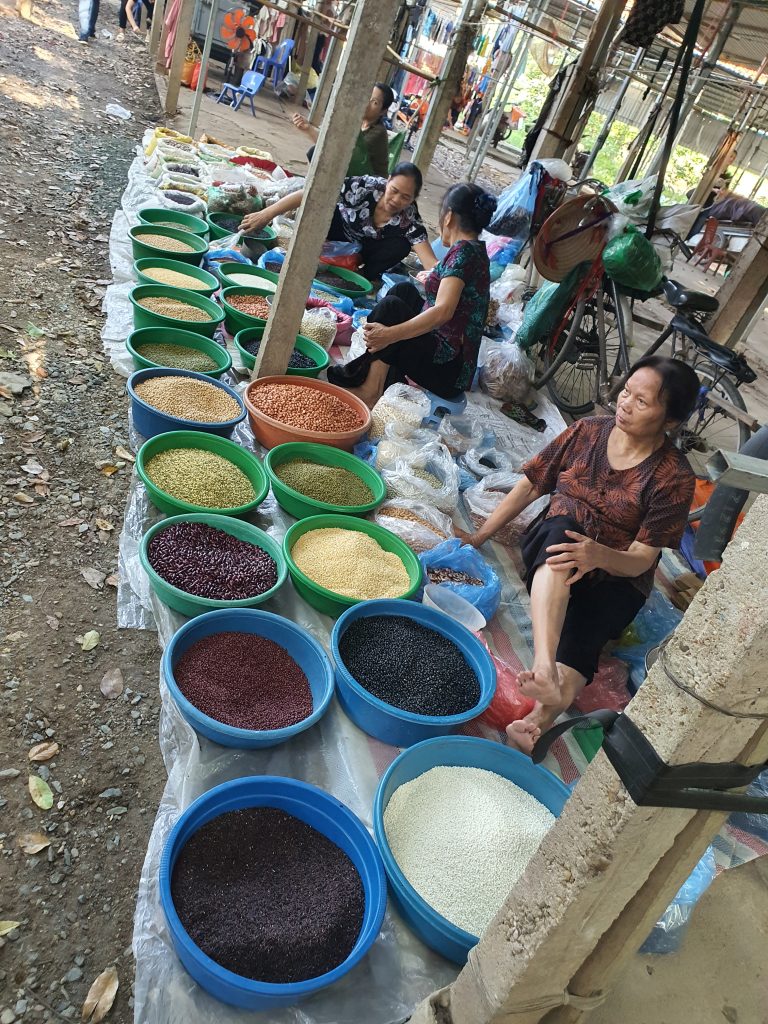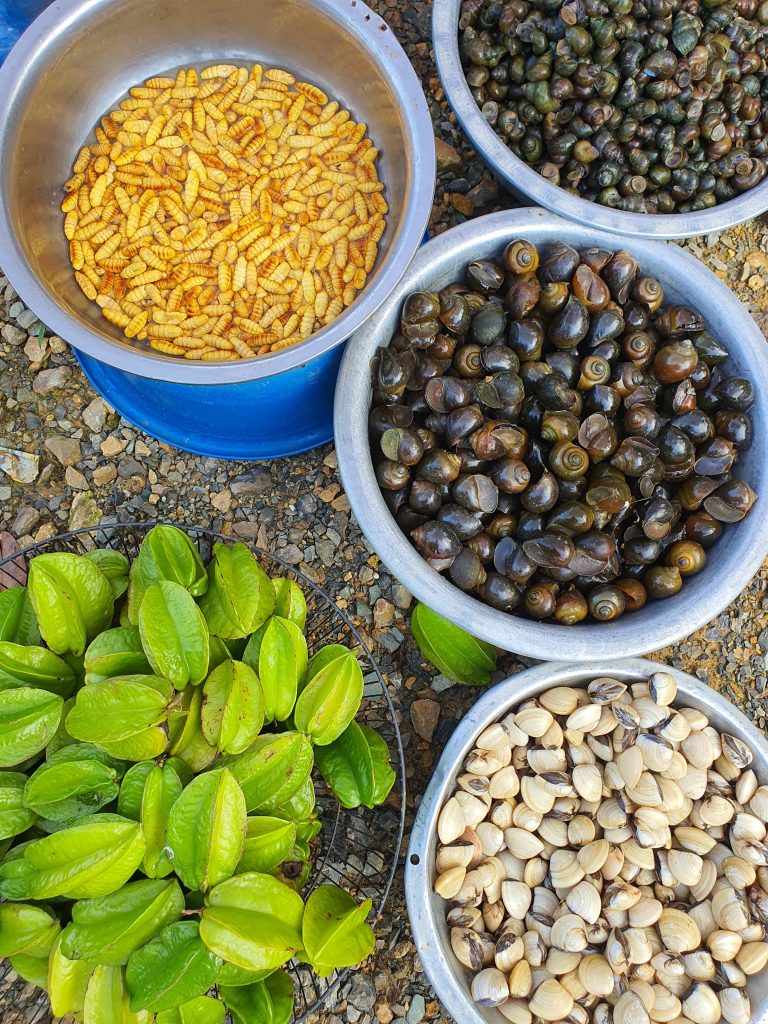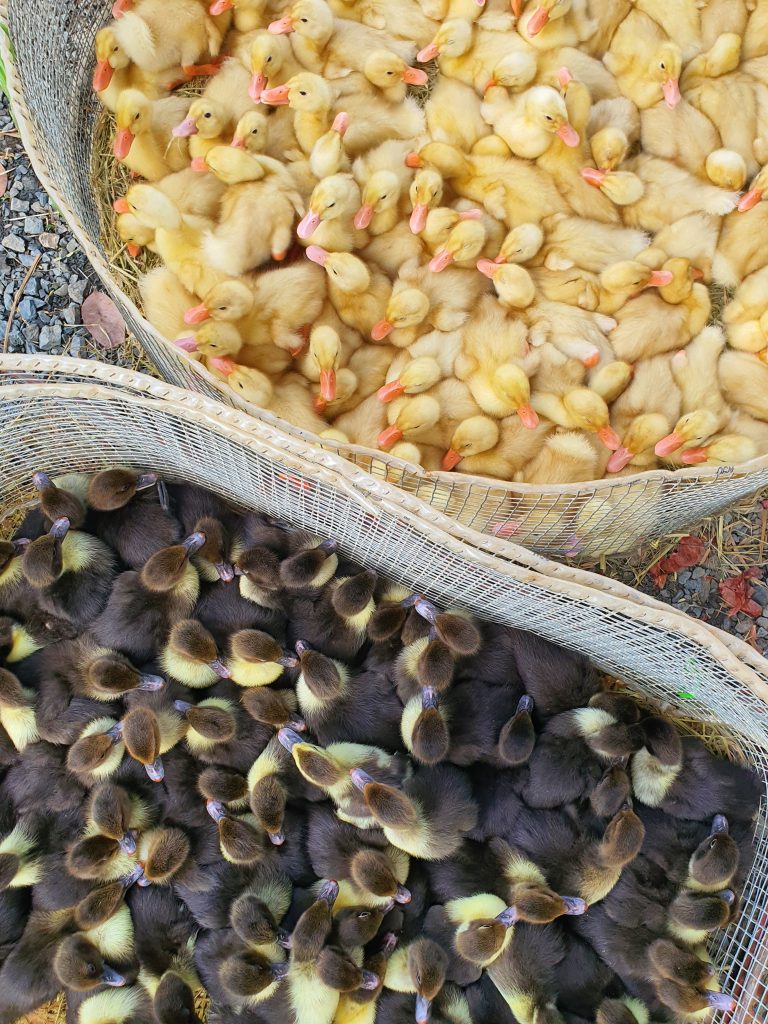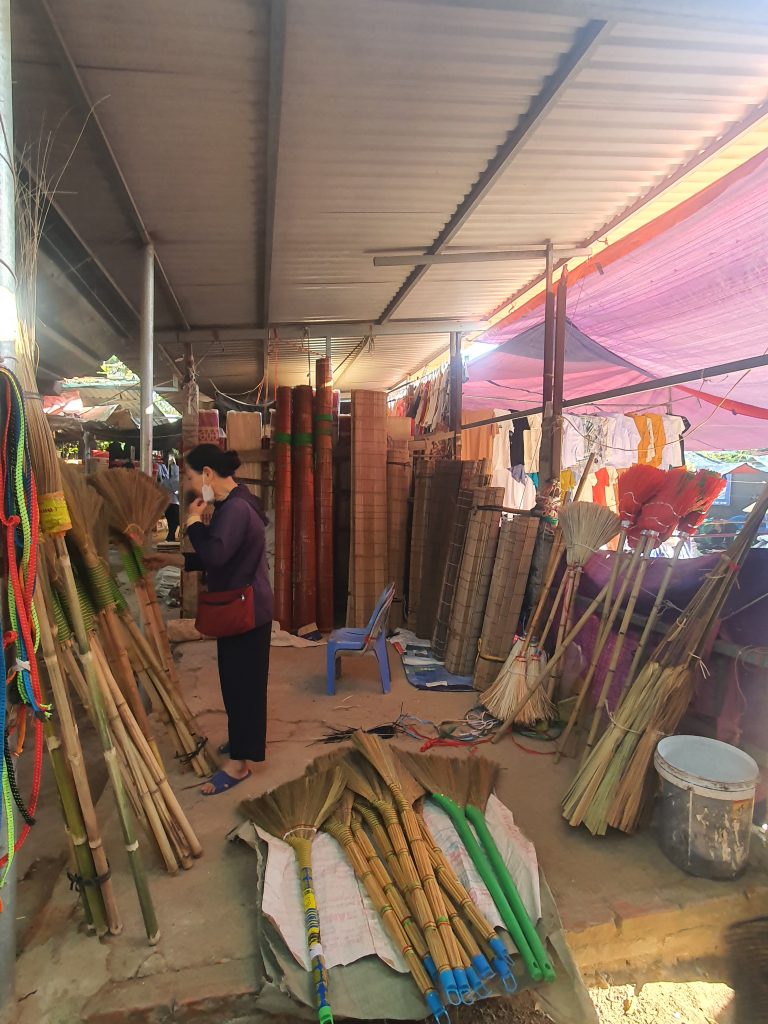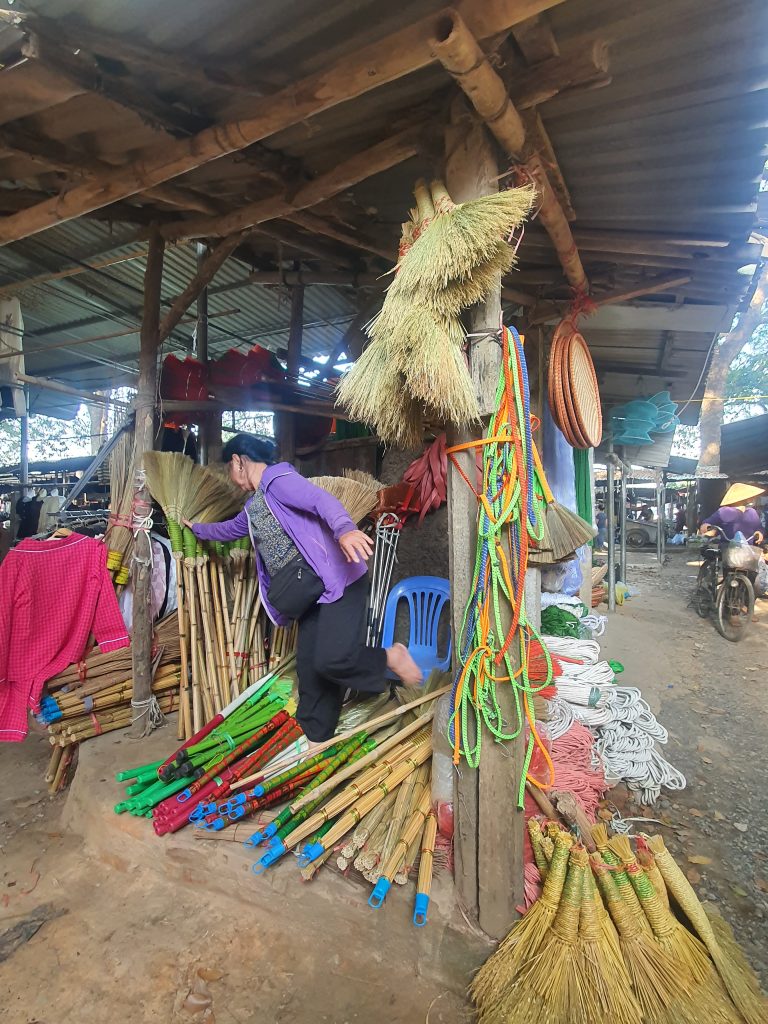Discover Vietnam yacht charter experiences in Halong Bay, Phu Quoc, Nha Trang, Da Nang, and Saigon. Private cruises, seaplane/helicopter and yacht combos.
Vietnam, with its 3,200 kilometers of coastline, countless islands, and turquoise bays, has long been admired for its natural beauty. But in recent years, it has also emerged as a premier destination for luxury yacht charters and yacht ownership in Asia. From the limestone wonders of Halong Bay to the tropical paradise of Phu Quoc, Vietnam offers a wide range of cruising grounds that combine natural splendor with world-class hospitality.
Unlike traditional package tours, a Vietnam yacht charter allows travelers to discover the country in ultimate comfort and exclusivity. Whether it’s a private yacht for a romantic escape, a multi-day luxury cruise with friends, or a corporate charter on Saigon River, Vietnam has an expanding fleet of yachts to cater to every need. Moreover, the presence of established companies offering luxury yachts for sale and management services has positioned Vietnam as a growing hub for Asia’s high-end boating lifestyle.
This guide explores the top destinations for yacht charters in Vietnam, including Halong Bay, Da Nang, Nha Trang, Phu Quoc, and Ho Chi Minh City (Saigon), along with the companies that make these experiences possible.
1. Halong Bay Yacht Charter – Cruising Vietnam’s UNESCO Jewel

Halong Bay is not only Vietnam’s most iconic travel destination but also the country’s leading hub for luxury yacht charters. A UNESCO World Heritage Site, Halong Bay features over 1,600 limestone karsts and islets rising from emerald waters, making it one of the most picturesque sailing grounds in the world.
Why Choose a Halong Yacht Charter?
A Halong yacht charter offers a truly private way to explore the bay, away from crowded tourist boats. Luxury yachts in Halong are equipped with modern cabins, sundecks, lounges, and professional crews, ensuring a seamless and indulgent experience.
Suggested Experiences
- Private Day Tour: Cruise through limestone formations, swim in hidden lagoons, and enjoy a chef-prepared seafood lunch onboard.
- Seaplane + Yacht Combo: Combine a scenic seaplane flight over Halong Bay with a private yacht cruise below for the ultimate luxury adventure.
- Helicopter + Yacht Combo: Experience Halong from the sky in a helicopter before stepping onto your yacht for an exclusive island-hopping journey.
Ideal for
Couples seeking romance, families looking for privacy, and luxury travelers who want to combine adventure with indulgence.
With its dramatic landscapes and growing fleet of luxury vessels, Halong Bay yacht charters set the gold standard for cruising in Vietnam.
>> Book your Halong yacht charter today and enjoy the best private day trip in style.
2. Da Nang Yacht Charter – Aphrodite Yacht S16
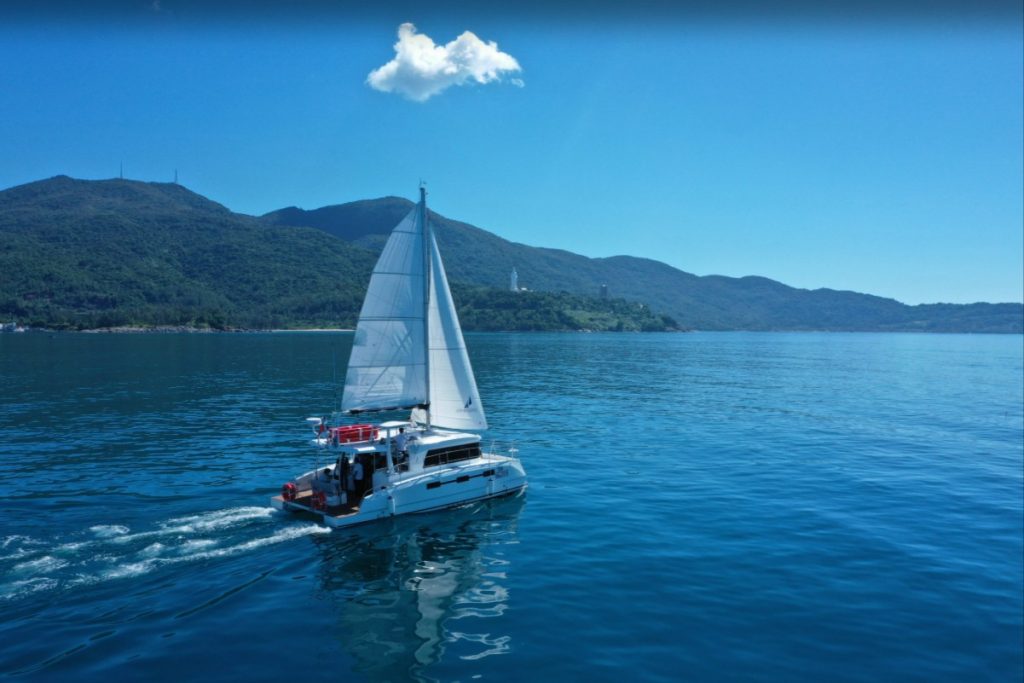
Da Nang, located on Vietnam’s central coast, is a thriving city famous for its beaches, Han River bridges, and proximity to UNESCO sites such as Hoi An Ancient Town and Hue Imperial City. But it is also home to one of Vietnam’s leading yacht service providers: Aphrodite Yacht
Aphrodite Yacht Da Nang is a proudly Vietnamese luxury yacht brand founded by a team passionate about giving guests both unforgettable experiences and the opportunity to own premium yachts built in Vietnam. Their signature model, Aphrodite S16, is part of the “Model S” line—a catamaran-style yacht crafted with sleek composite materials, powerful engines, and intelligently redesigned interiors that enhance comfort, privacy, and performance.
The one-day tour to Son Trà Peninsula aboard Aphrodite S16 is one of their standout offerings. Guests embark from the Da Nang marina and sail along the crystalline waters toward Son Trà—a green, mountainous peninsula fringed by coral reefs, secluded coves, and lush forested slopes. Onboard, travelers can relax on expansive decks, enjoy panoramic ocean views, swim in hidden bays, snorkel, and savor fresh seafood and gourmet refreshments. Every detail, from safety equipment to interior design, is refined for elegance and peace of mind. With excellent service, luxurious amenities, and a serene cruising route, the Aphrodite S16 Son Trà charter delivers a one-day luxury escape that captures Da Nang’s coastal beauty and Aphrodite’s commitment to high-end sailing culture in Vietnam.
3. Nha Trang Yacht Charter – Vegayachts Nha Trang

Nha Trang, known as the “Riviera of Vietnam,” is famous for its white sandy beaches, coral reefs, and offshore islands. It has become a popular destination for yachting, thanks to its sheltered bays and luxury services.
Vegayachts Nha Trang
One of the leading providers in the area, Vegayachts Nha Trang offers an impressive selection of yachts and catamarans for private hire. Their services include day trips, diving expeditions, private parties, and sunset cruises.
Suggested Experiences
- Snorkeling at Hon Mun Island: Explore marine life in one of Vietnam’s most famous diving sites.
- Coastal Cruising: Admire Nha Trang’s long bay from the water, with views of Vinpearl Land and Tran Phu Beach.
- Luxury Gatherings: Host a birthday, wedding, or corporate event onboard a fully serviced yacht.
With its combination of tropical beauty and vibrant nightlife, Nha Trang yacht charters offer the perfect mix of relaxation and celebration.
4. Phu Quoc Yacht Charter – The Tropical Escape
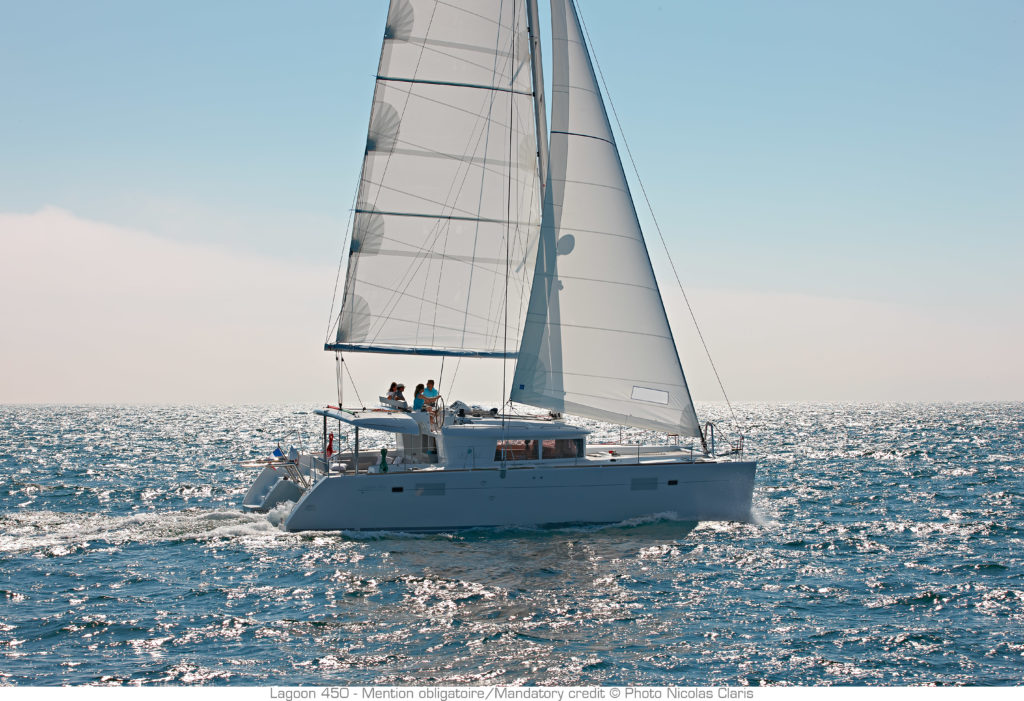
Phu Quoc, often referred to as the “Pearl Island of Vietnam,” has become one of Asia’s fastest-growing luxury destinations. With turquoise waters, palm-fringed beaches, and an emerging marina infrastructure, Phu Quoc is ideal for private yacht charters.
Key Operators in Phu Quoc
- Viet Sail Phu Quoc: Viet Sail Phu Quoc offers the island’s first sailing school and original sailing experience, providing private tours with snorkeling and hiking, eco-friendly practices, and sailing lessons tailored to all levels.
- Catamaran Sarita: Catamaran Sarita, the first luxury sail catamaran in Phu Quoc, blends French elegance with advanced design, offering absolute safety, exquisite comfort, authentic cuisine, and personalized service for unforgettable island cruising experiences (snorkeling, fishing, and sunset dining…)
- Vegayachts Phu Quoc: Vega Yacht Phu Quoc delivers unforgettable sailing journeys with VIP service, safe comfort, private guides, snorkeling and fishing gear, smooth transfers, and delicious onboard BBQ, ensuring the best holiday experience.
Suggested Experiences
- Island Hopping: Visit small islets like Mong Tay and May Rut for pristine beaches and snorkeling.
- Sunset Cruises: Enjoy champagne on deck while watching the sun dip into the Gulf of Thailand.
- Adventure Charters: Combine fishing, diving, and water sports for a full-day marine adventure.
For travelers seeking tropical luxury, a Phu Quoc yacht charter is the ultimate way to explore Vietnam’s southern paradise.
5. Saigon Yacht Charter – The Urban Luxury Lifestyle
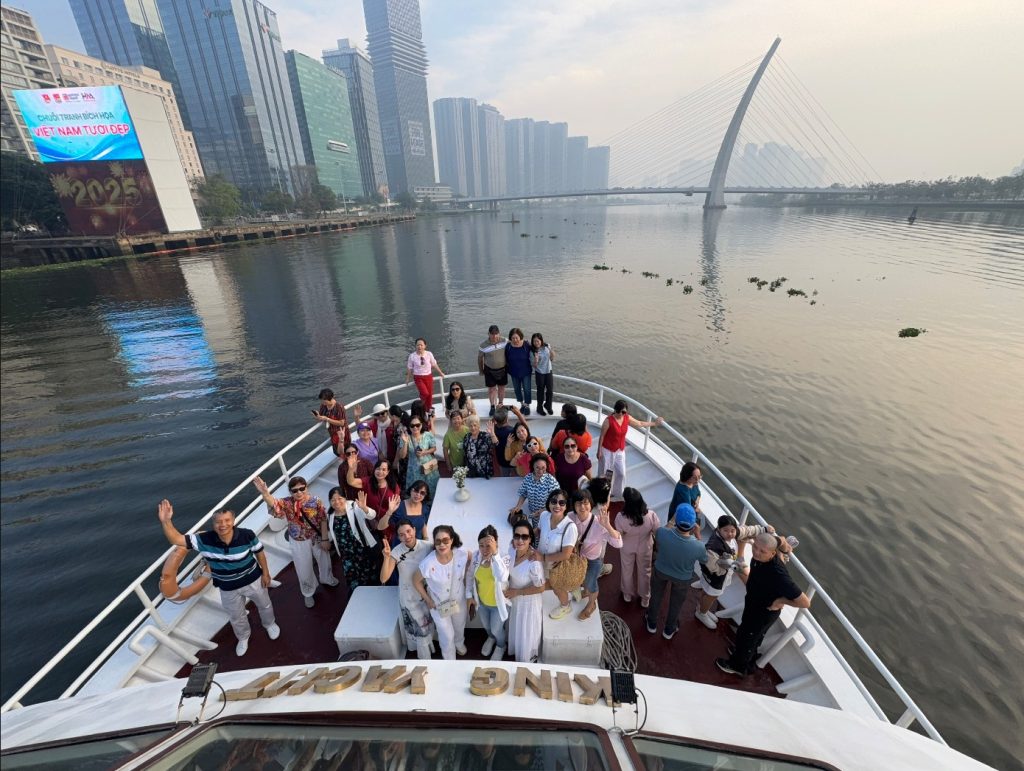
Ho Chi Minh City (Saigon) may be Vietnam’s busiest metropolis, but it is also home to a growing urban yacht charter scene. The Saigon River provides a unique setting for private cruises, corporate events, and luxury parties.
Leading Companies
- King Yacht – King Yacht operates as a luxury cruise restaurant, perfect for hosting birthdays, weddings, corporate meetings, partner receptions, romantic proposals, while also offering elegant sunset cruises and unforgettable scenic river tours.
- Tam Son Yachting – Since 2017, Tam Son Yachting, part of Openasia Group, has expanded nationwide with marinas, service centers, and yacht maintenance while officially distributing world-leading brands including Azimut, Lagoon, Beneteau, Saxdor, and more.
- O2H2O Jets and Yachts – O2H2O serves as your trusted family office partner, specializing in private aviation and superyacht assets through exclusive charter, strategic acquisition, professional management, and long-term stewardship with excellence and discretion.
- 9Yachts Company – 9Yacht Co., Ltd in Ho Chi Minh City offers genuine luxury yachts and boats for sale and lease, with expert crews, full maintenance, and exclusive discovery journeys on safe, modern yachts.
Experiences in Saigon
- Saigon River Cruises: Escape the city buzz with a private dinner cruise along the skyline.
- Corporate Charters: Impress clients and partners with luxury river events.
- Mekong Delta Exploration: Start your journey from Saigon and cruise into Vietnam’s vast river network.
Saigon represents the luxury lifestyle side of Vietnam yacht charters, blending modern city life with river cruising elegance.
Conclusion: Vietnam Yacht Charter – Your Gateway to Luxury Cruising
From the limestone pillars of Halong Bay to the turquoise waters of Phu Quoc, Vietnam offers a diverse range of sailing destinations for every traveler. Whether you want a private day charter, an island-hopping catamaran cruise, or a corporate yacht party in Saigon, Vietnam’s expanding fleet and professional yacht companies can make it happen.
Beyond tourism, Vietnam is also developing into a luxury yacht ownership market, with international brokers and local providers offering sales, management, and marina services. This makes the country not only a prime location for vacations but also an attractive hub for Asia’s boating enthusiasts and investors.
Choosing a Vietnam yacht charter means more than just renting a boat – it’s an invitation to experience Vietnam’s natural wonders, cultural richness, and modern luxury in perfect harmony.
>> Reach out to us to seamlessly include a luxury yacht charter in your custom Vietnam itinerary!

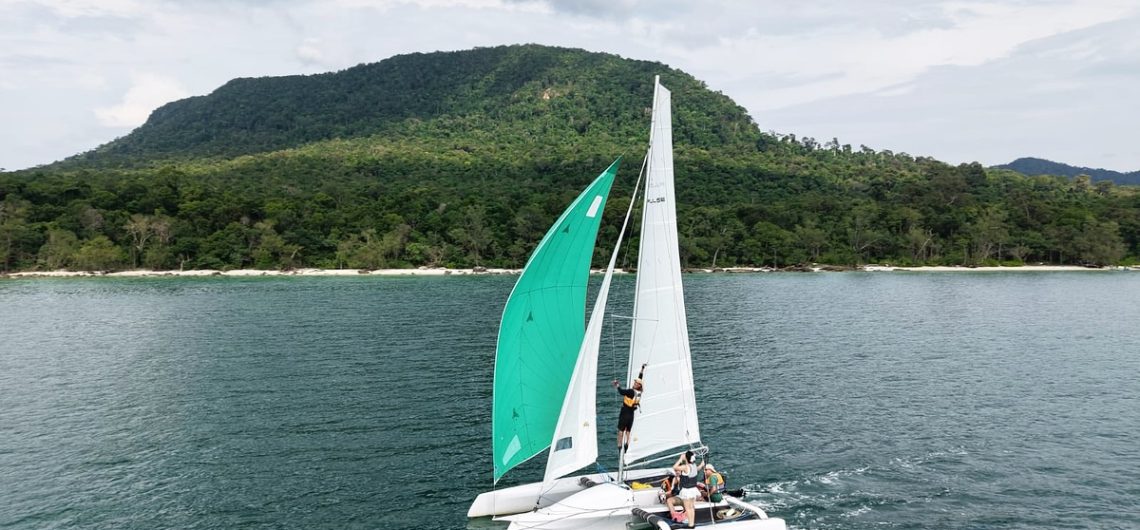
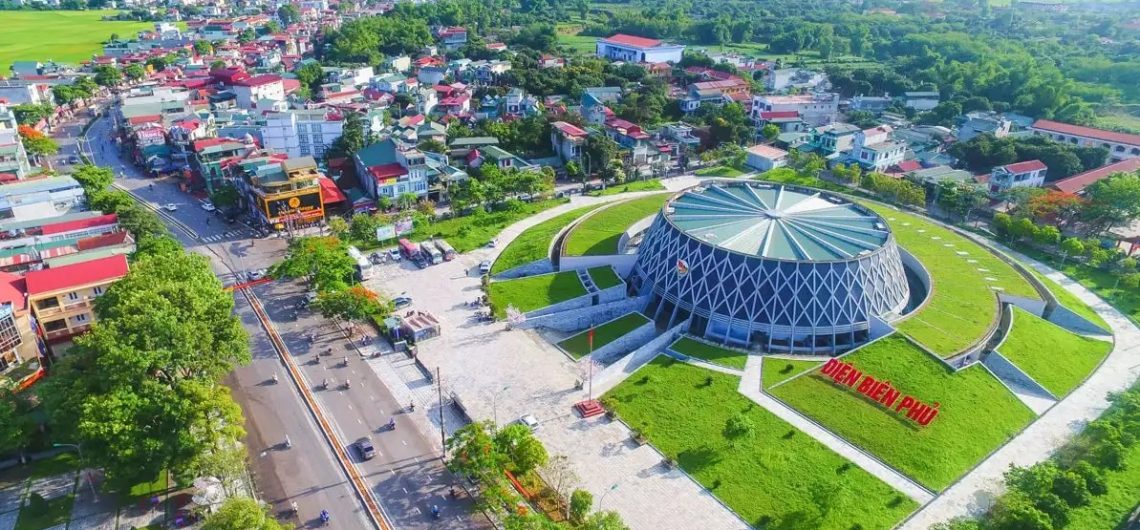
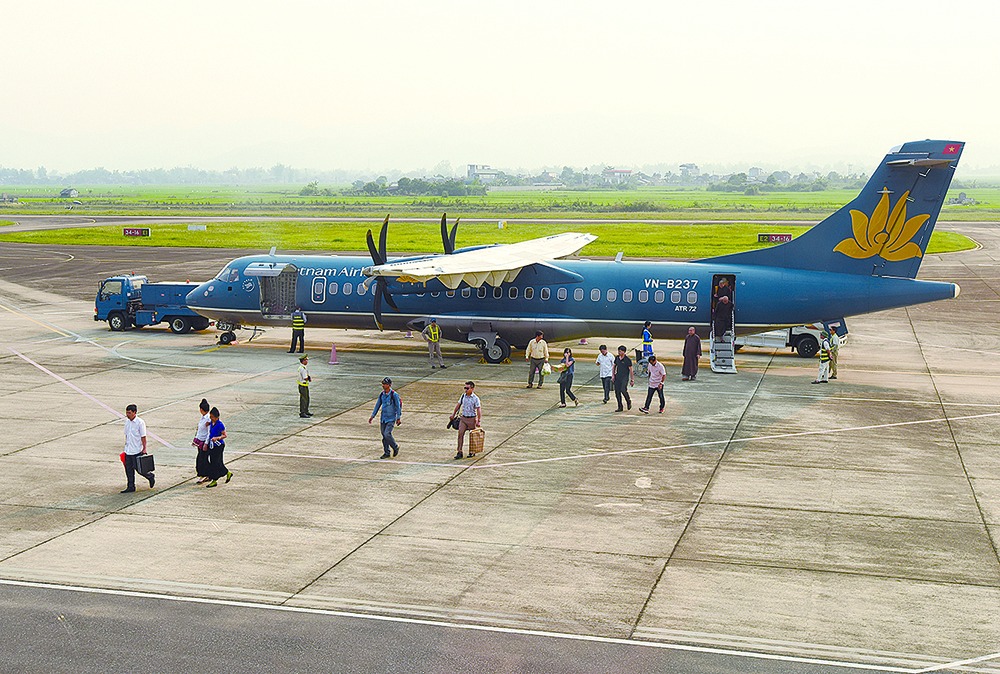
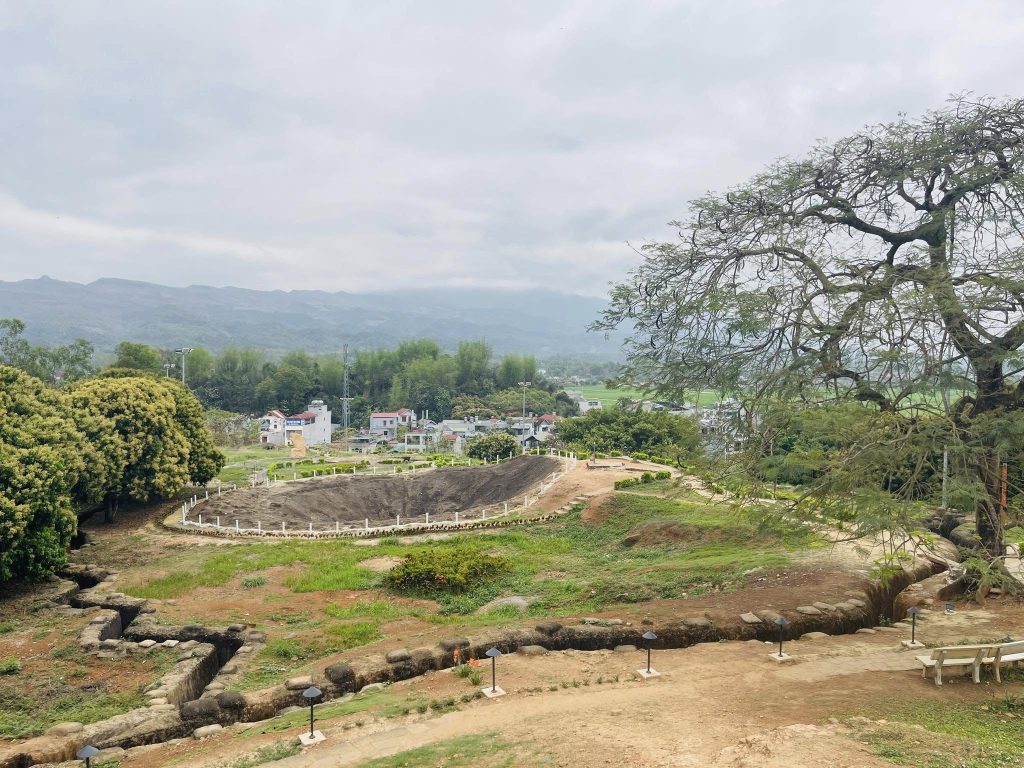
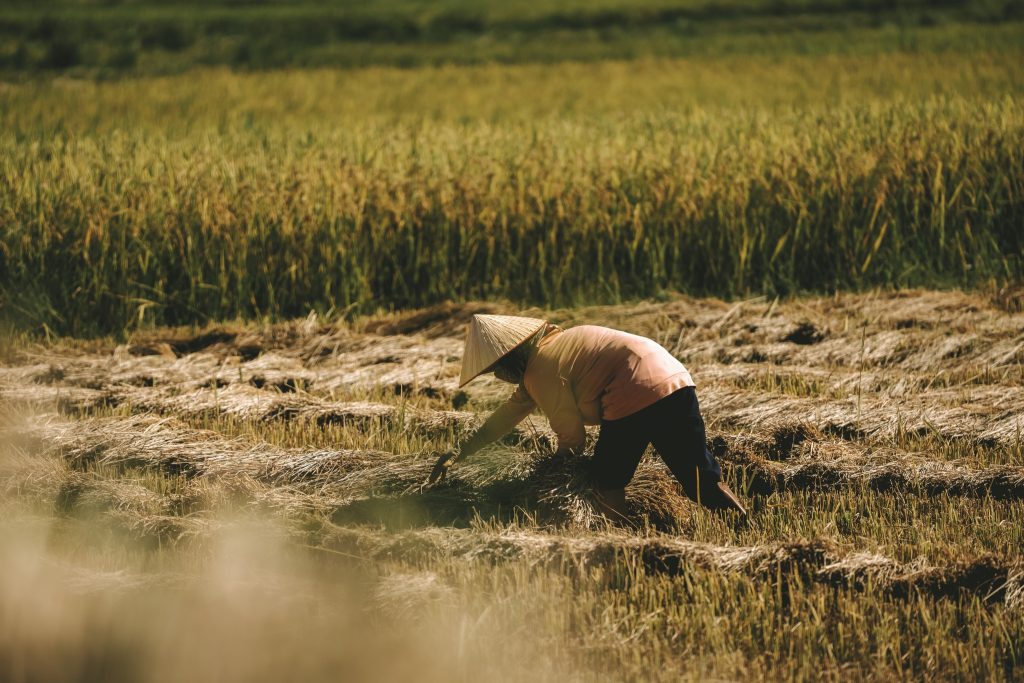
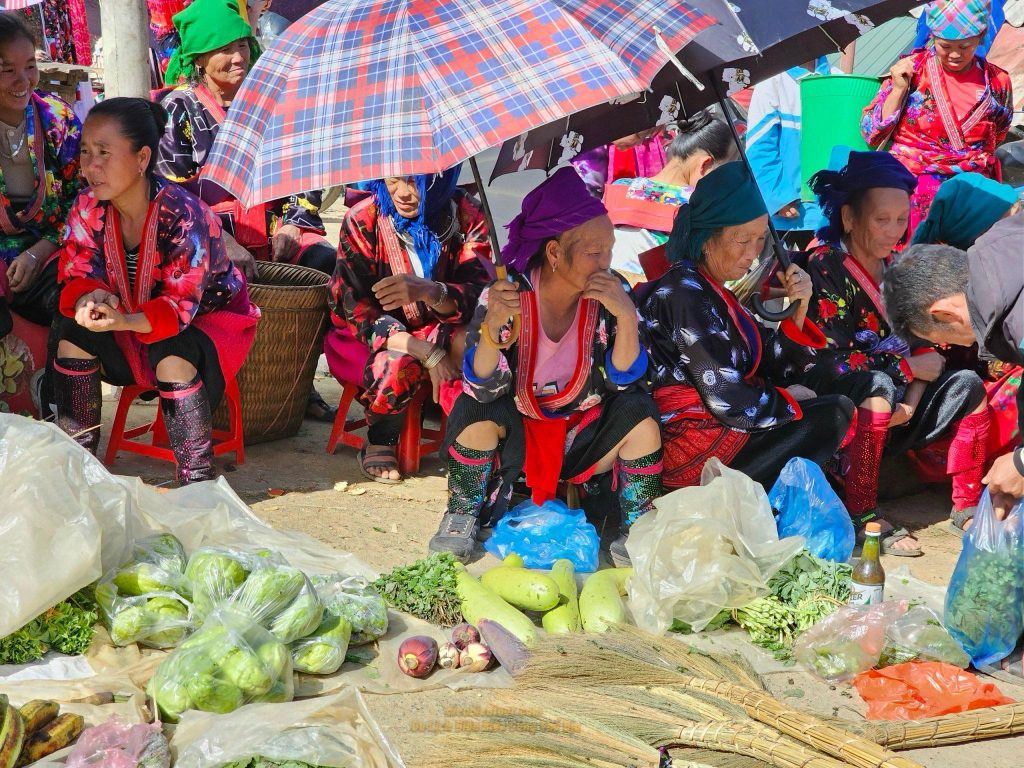
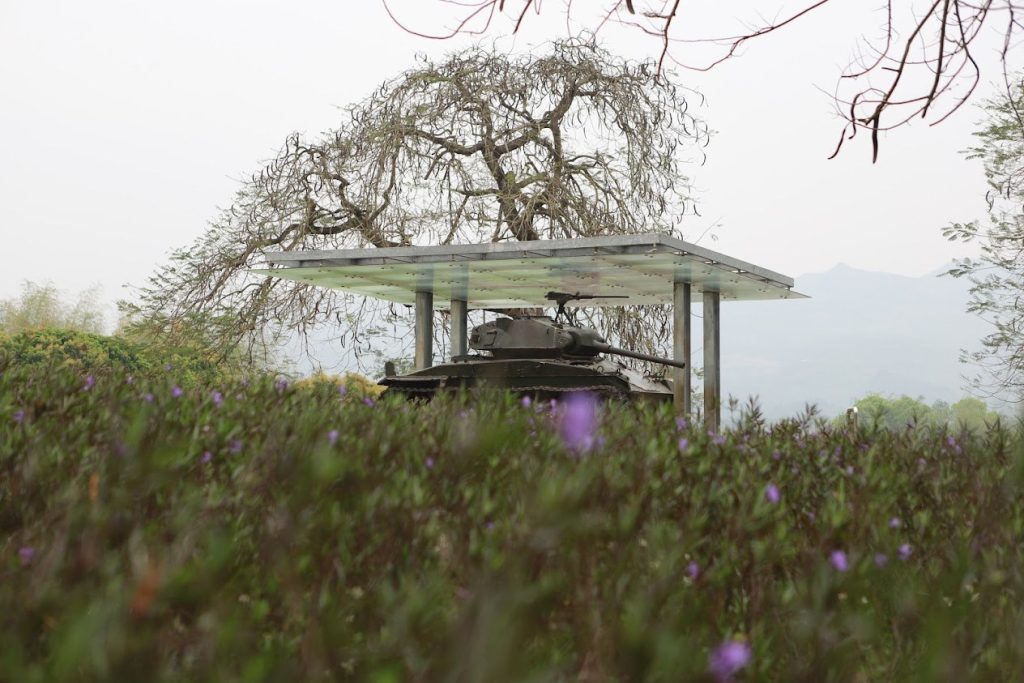
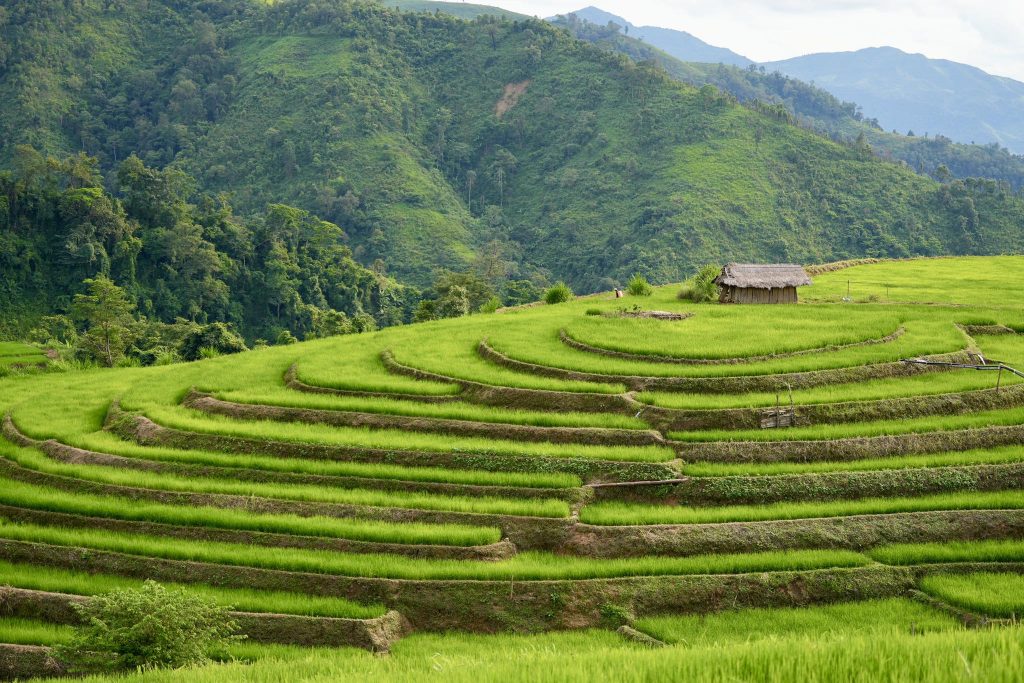

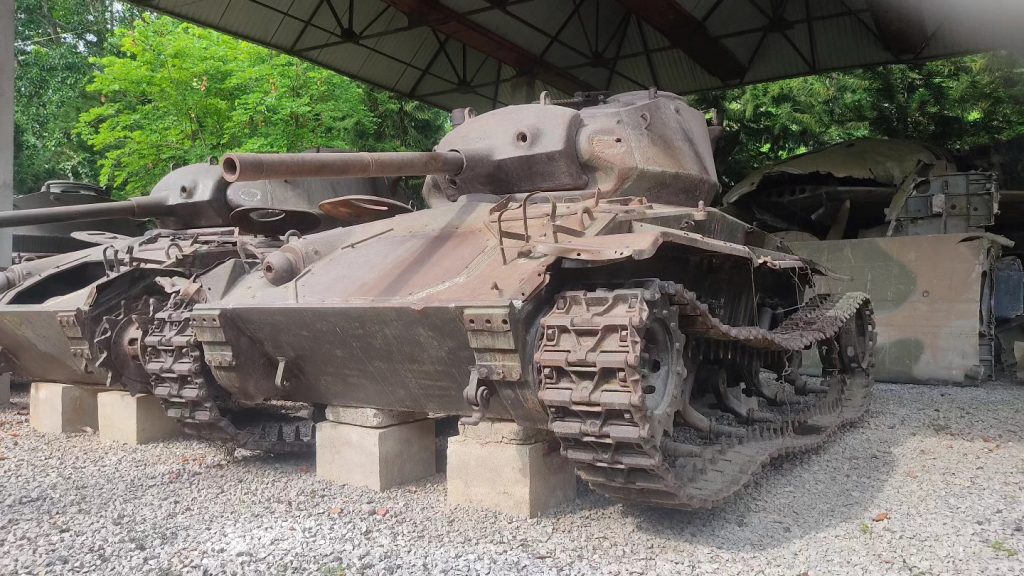
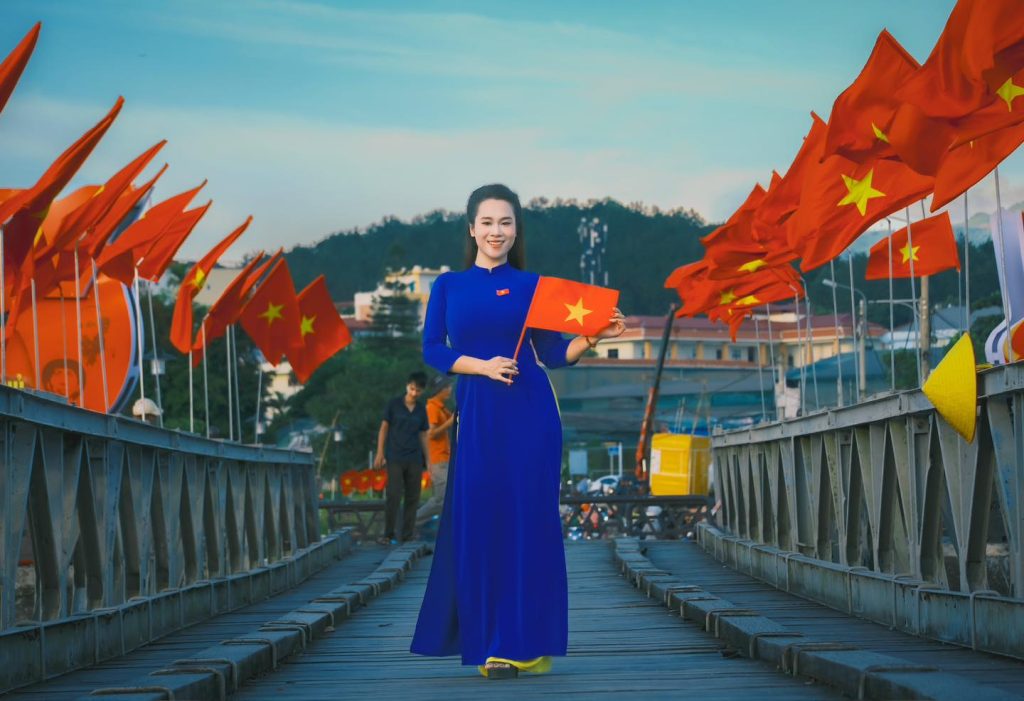
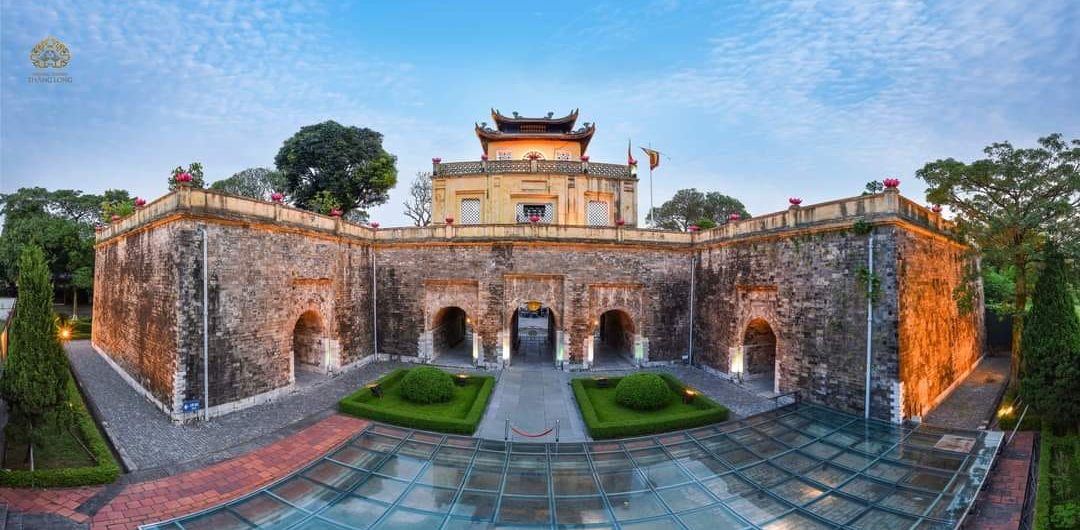
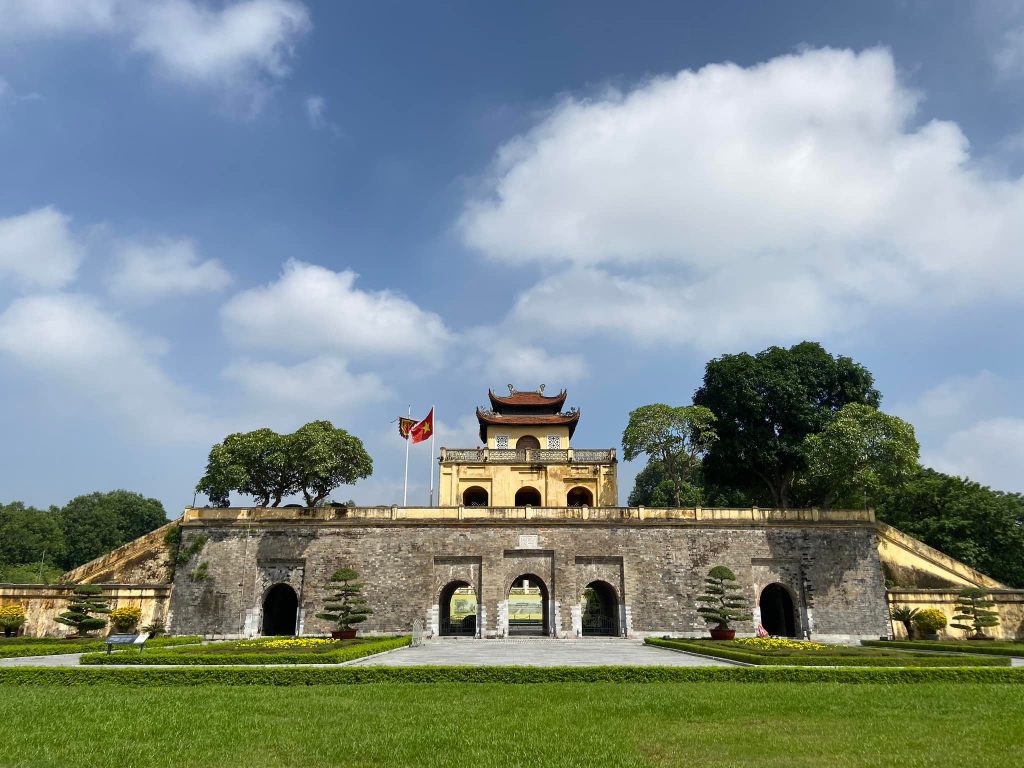
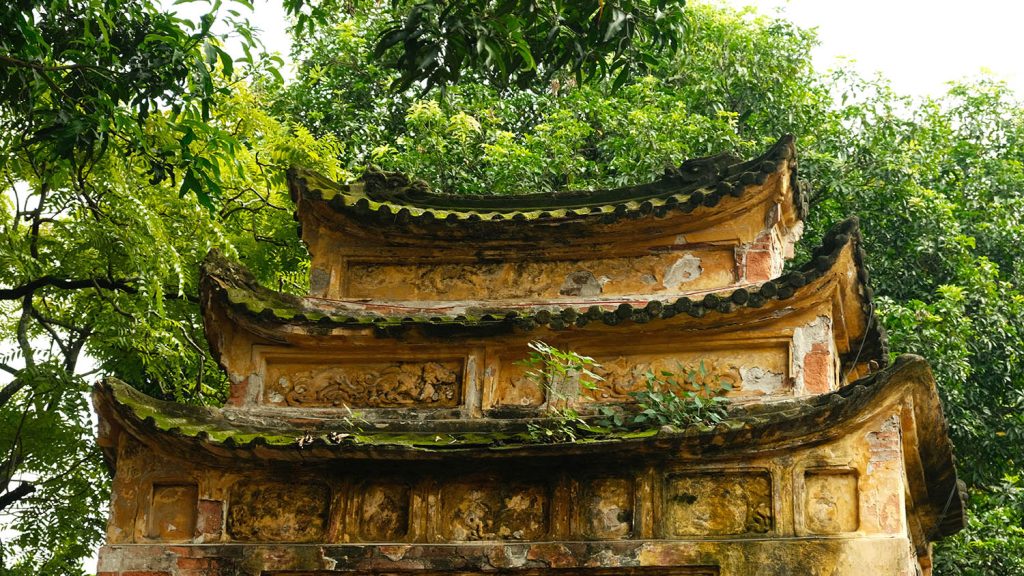
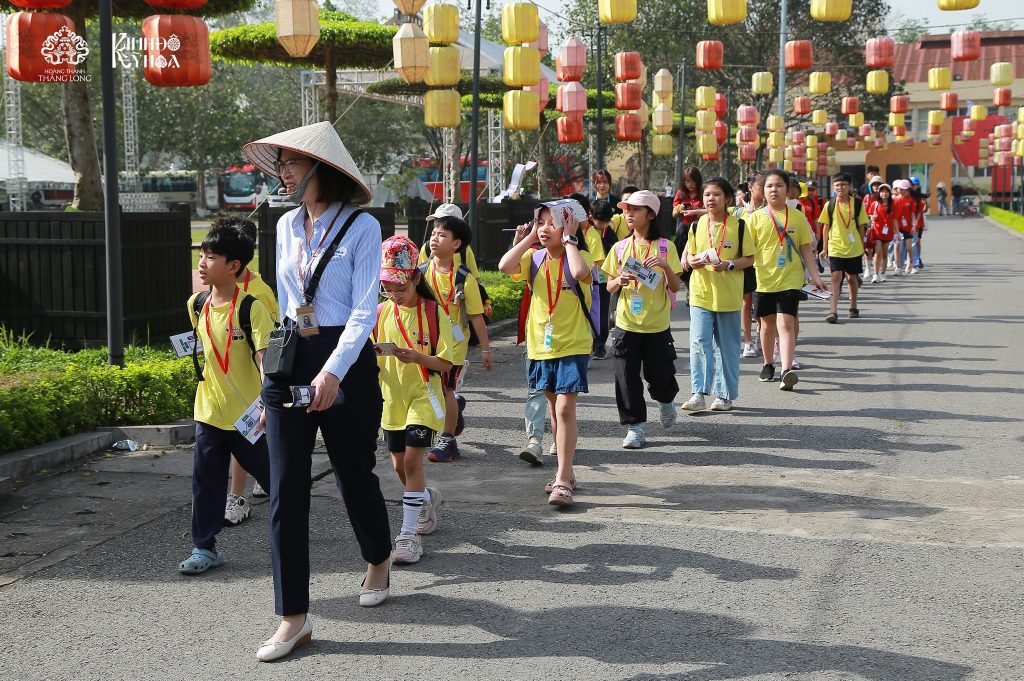
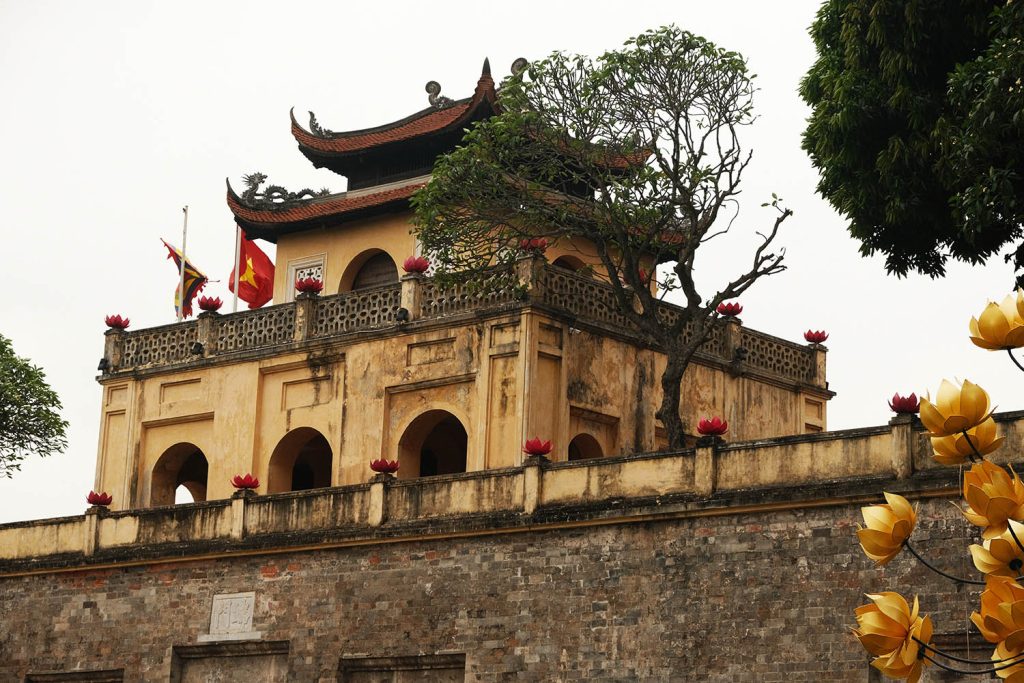
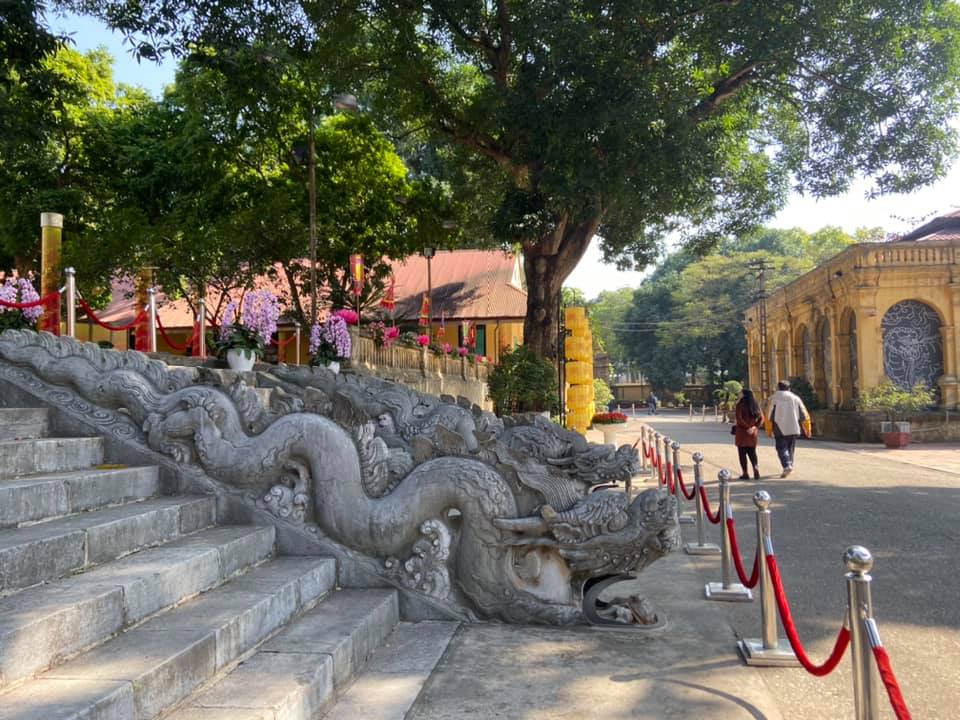
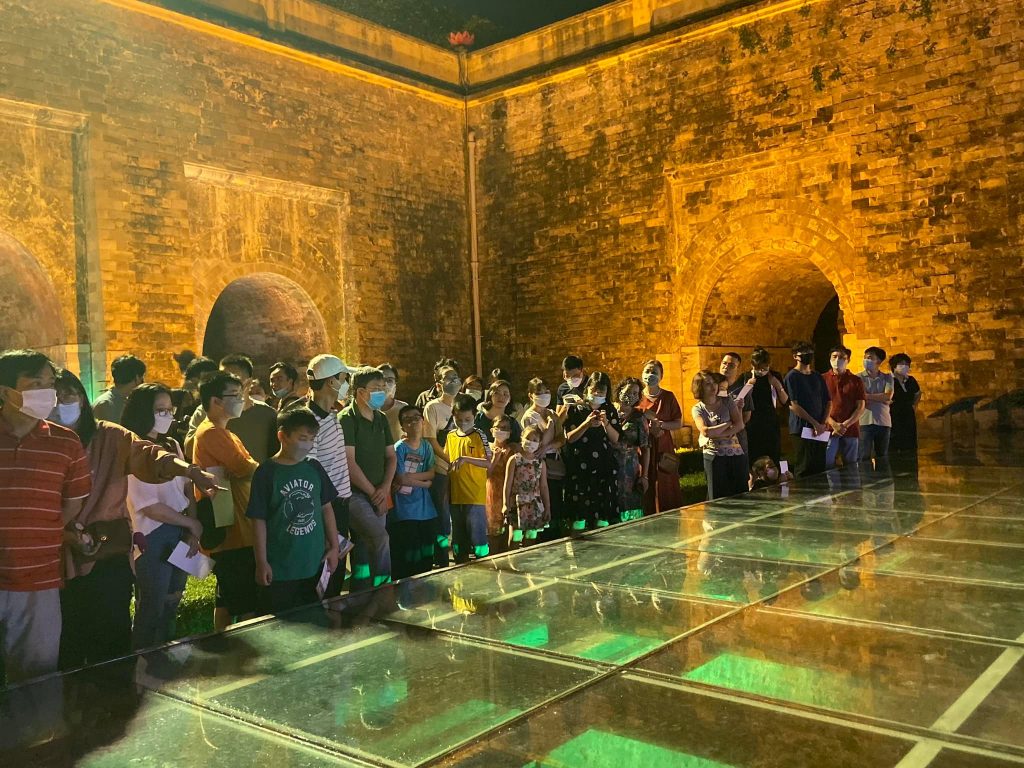
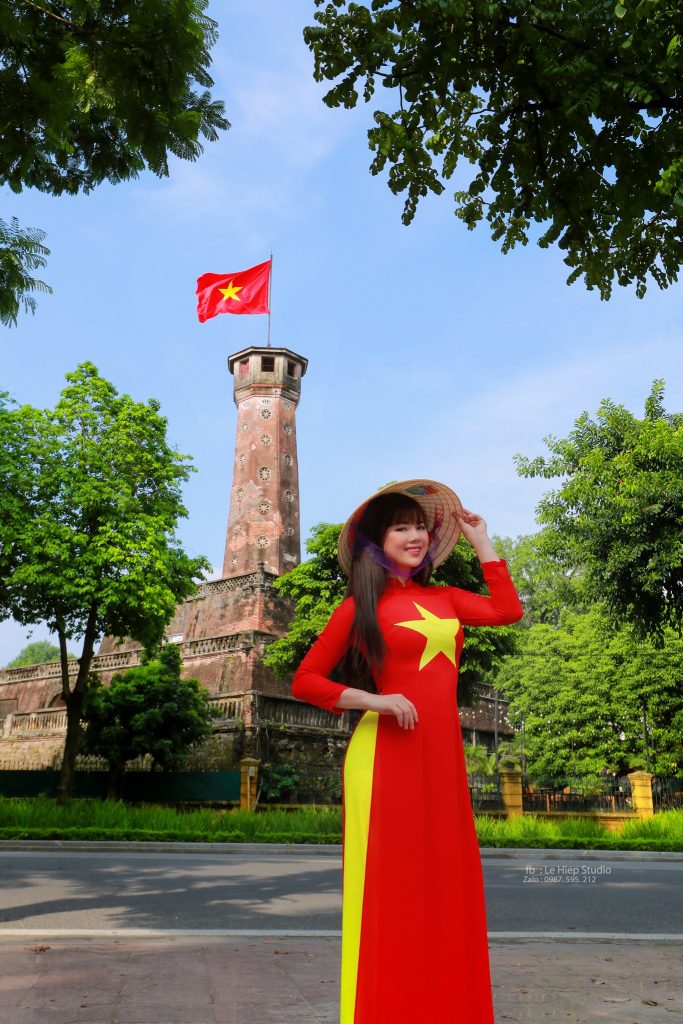
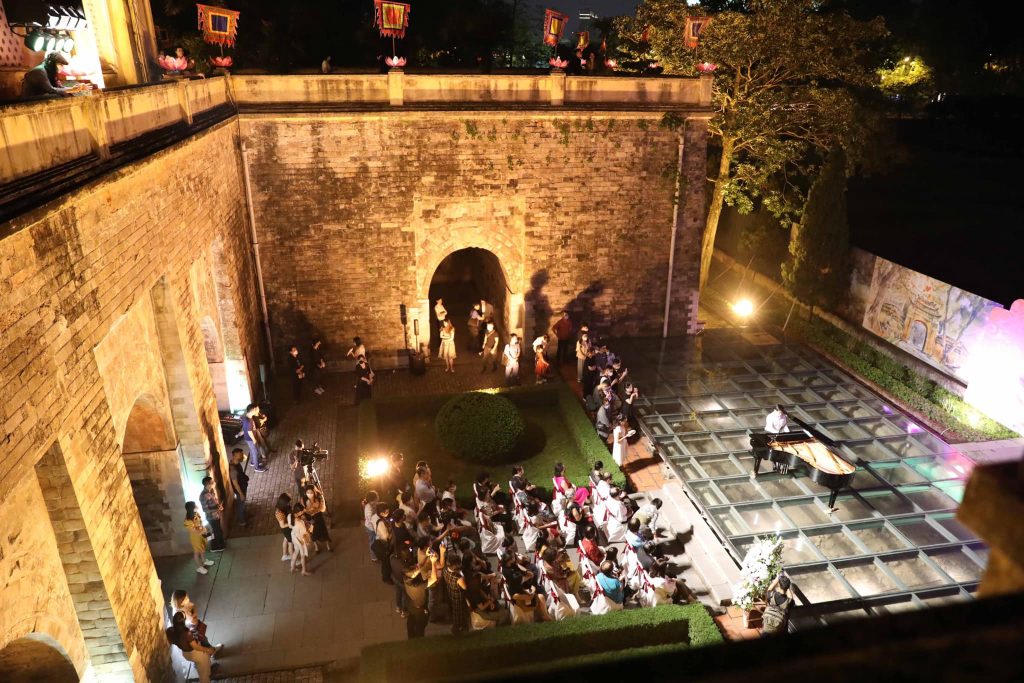
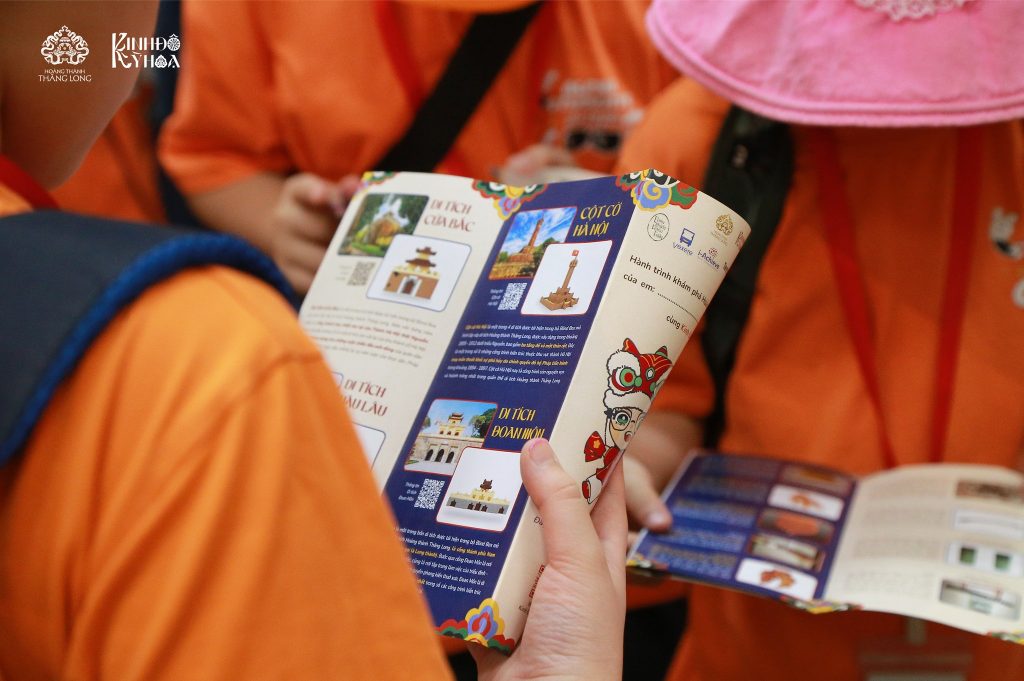
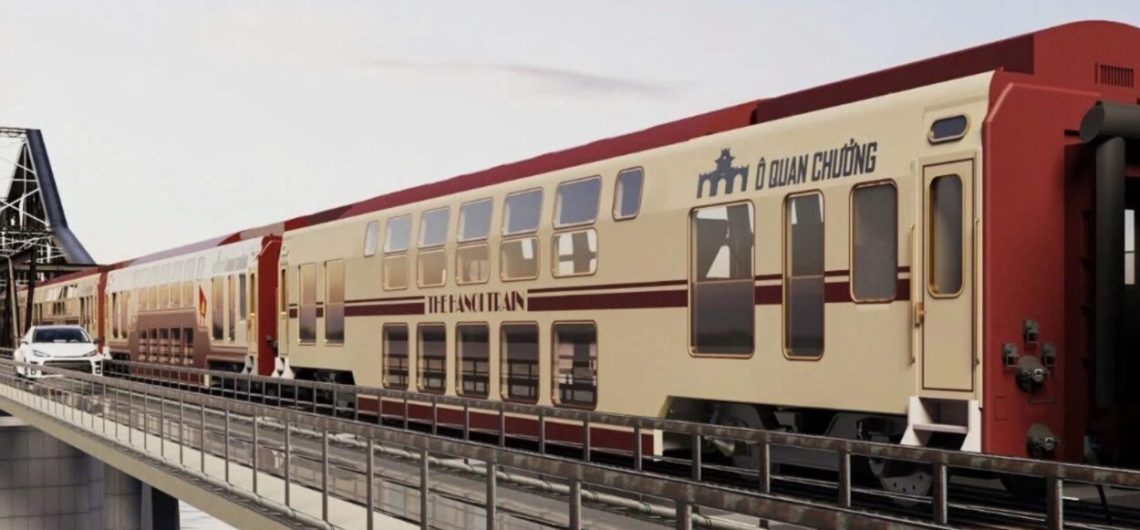
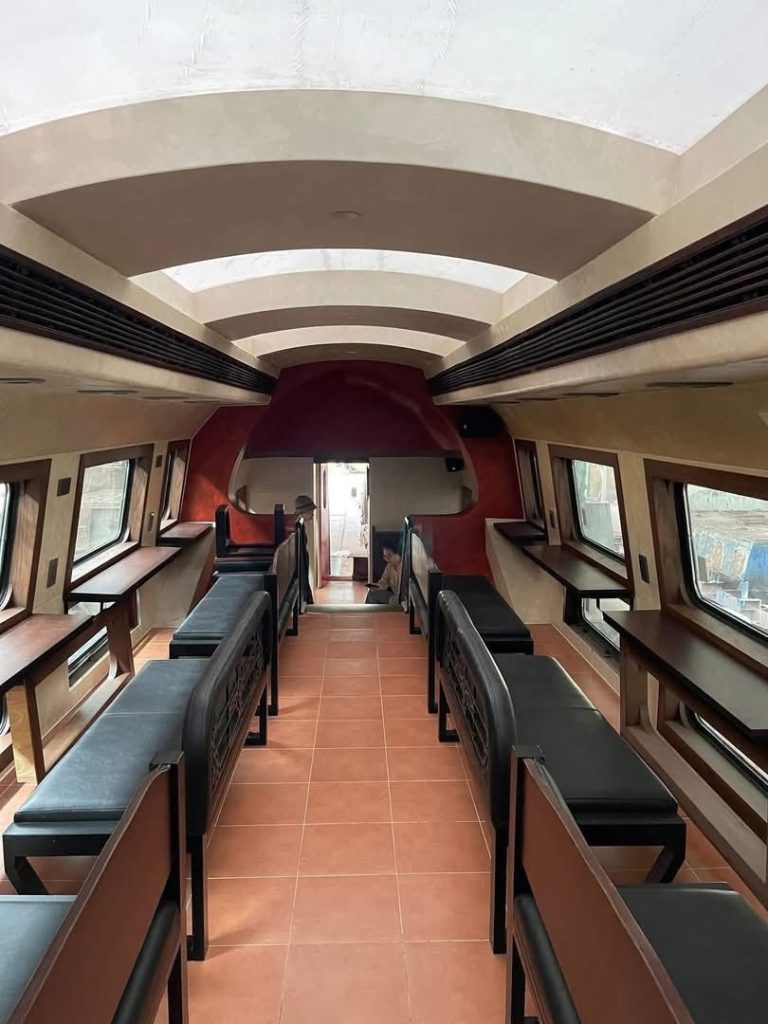
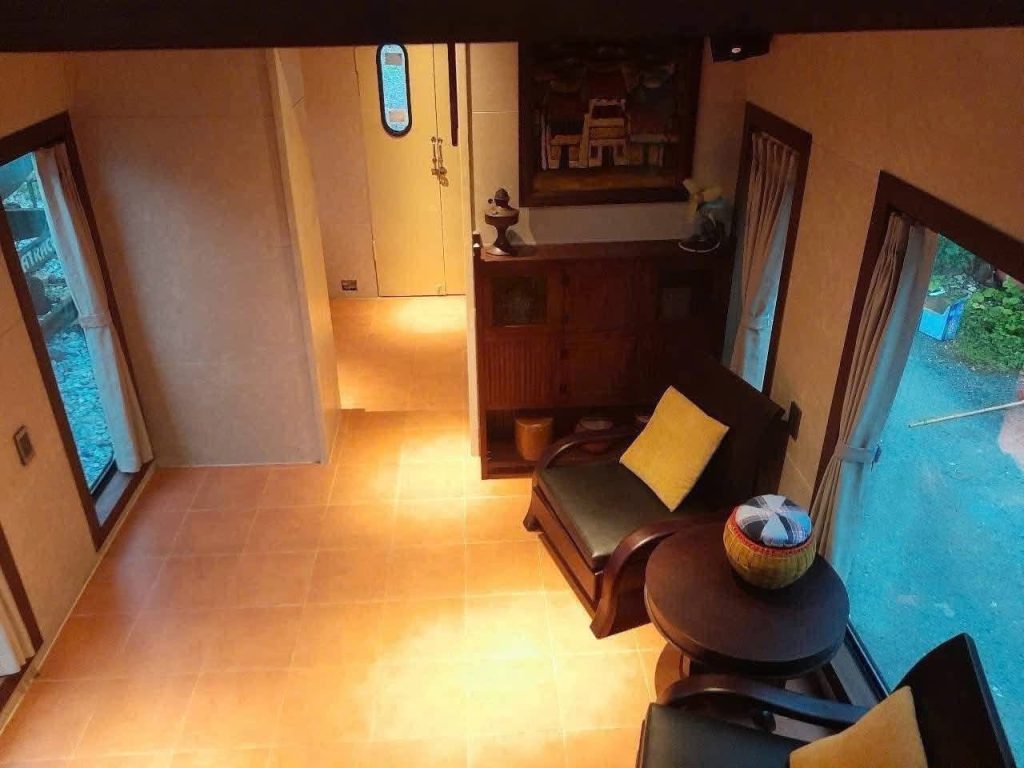
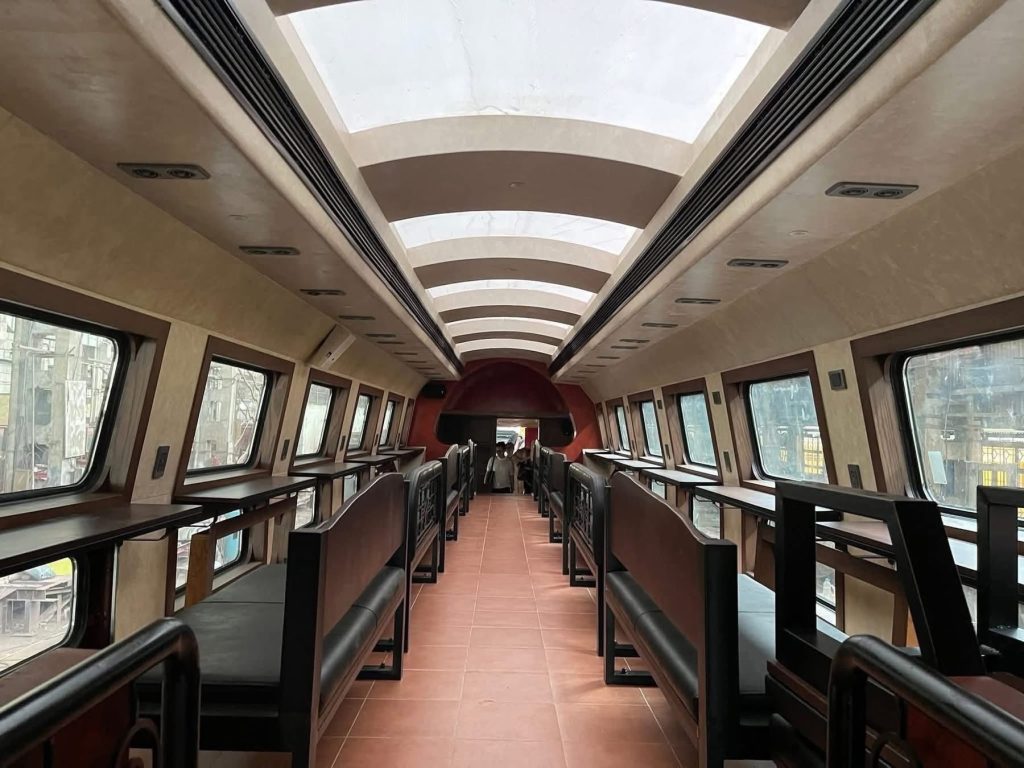
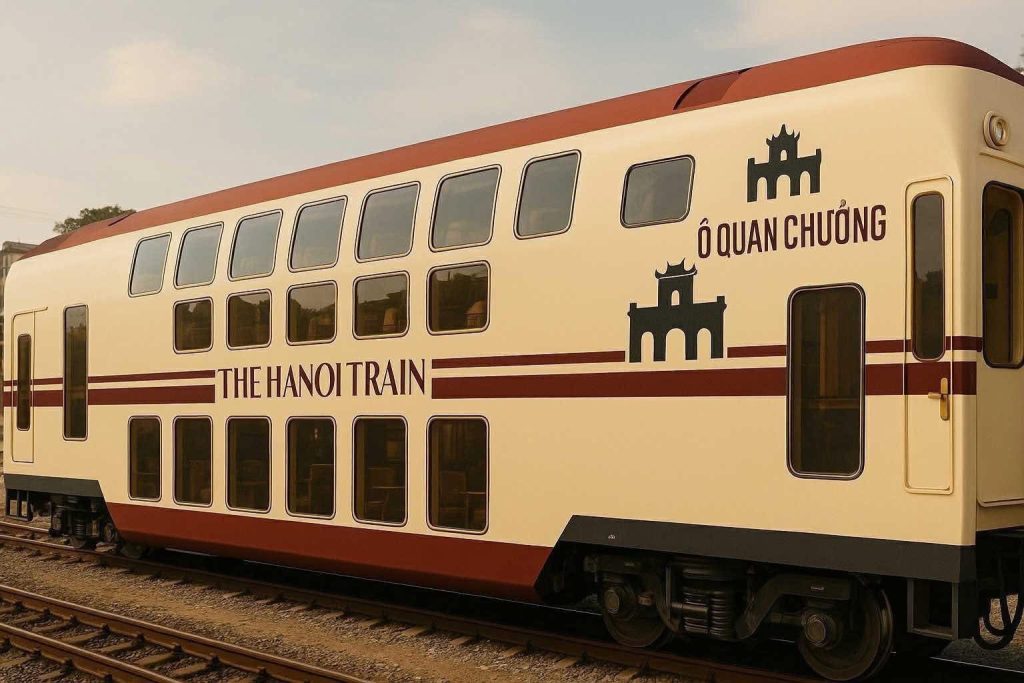 This ambitious project is a collaboration between
This ambitious project is a collaboration between 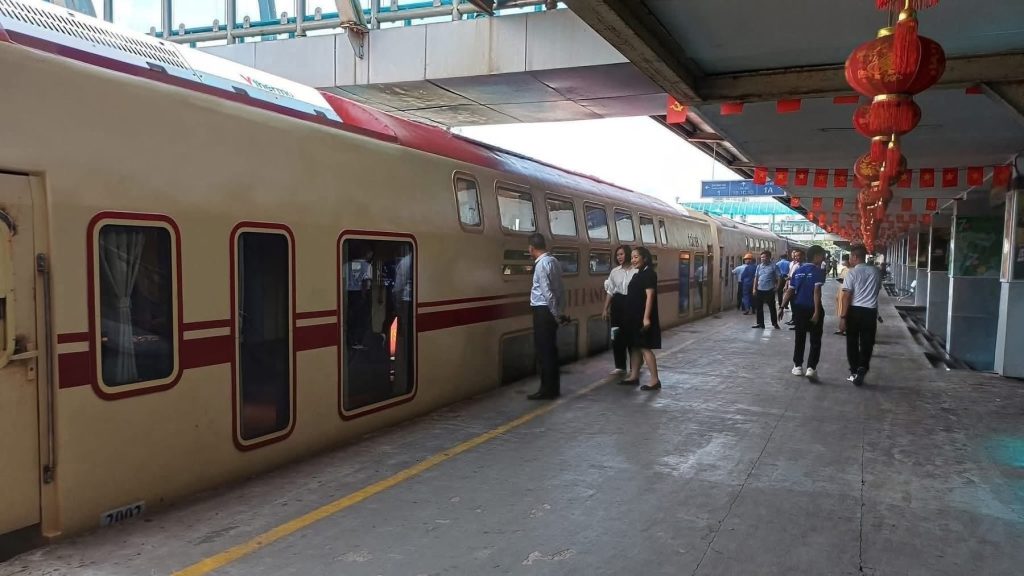
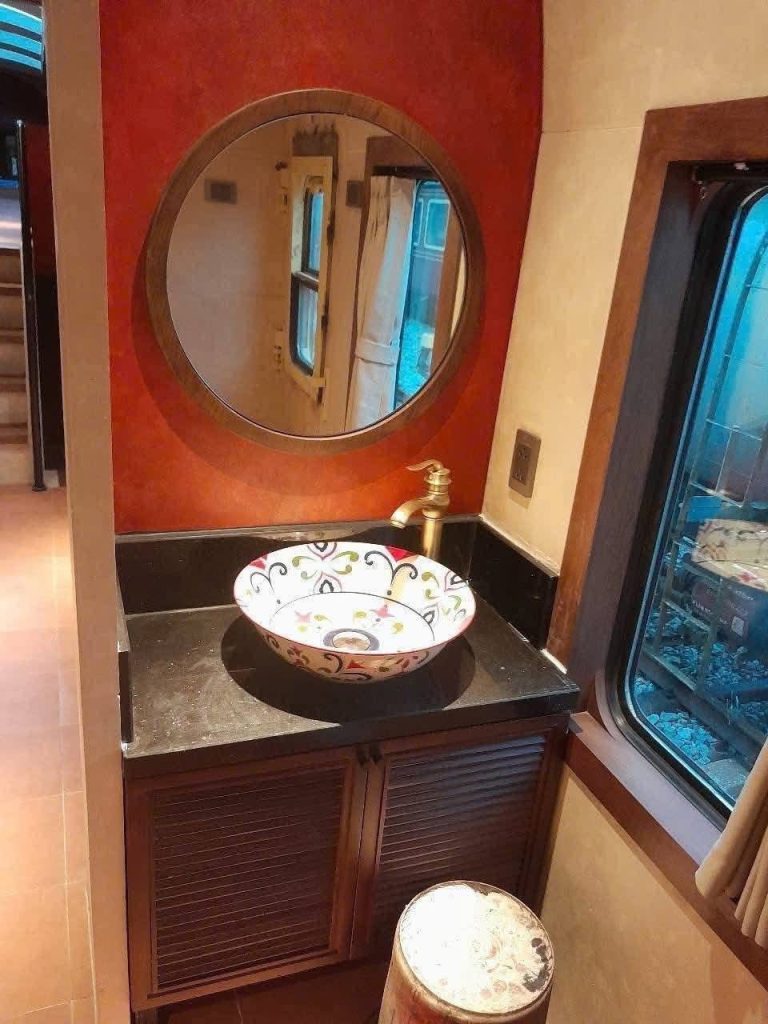
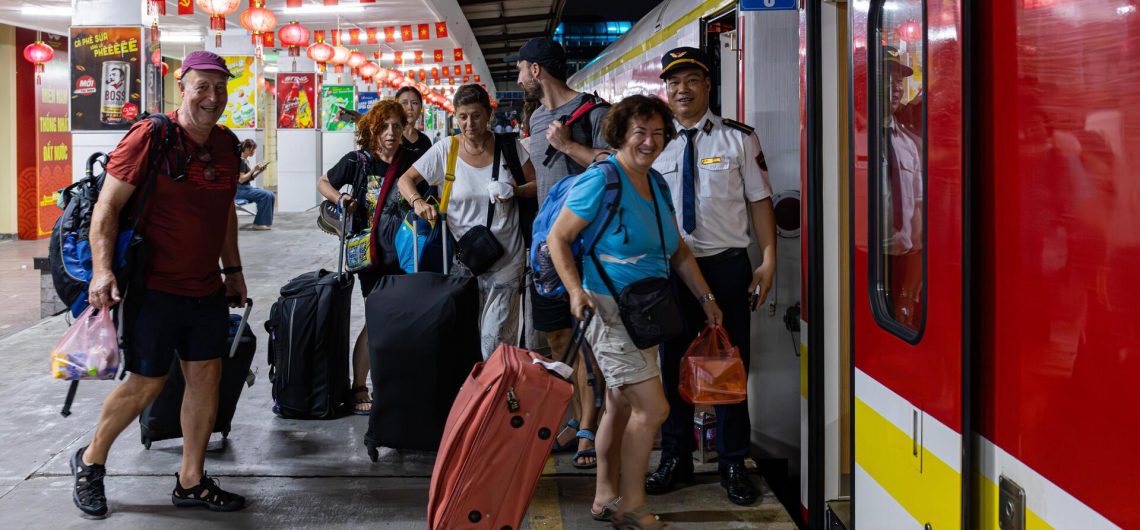

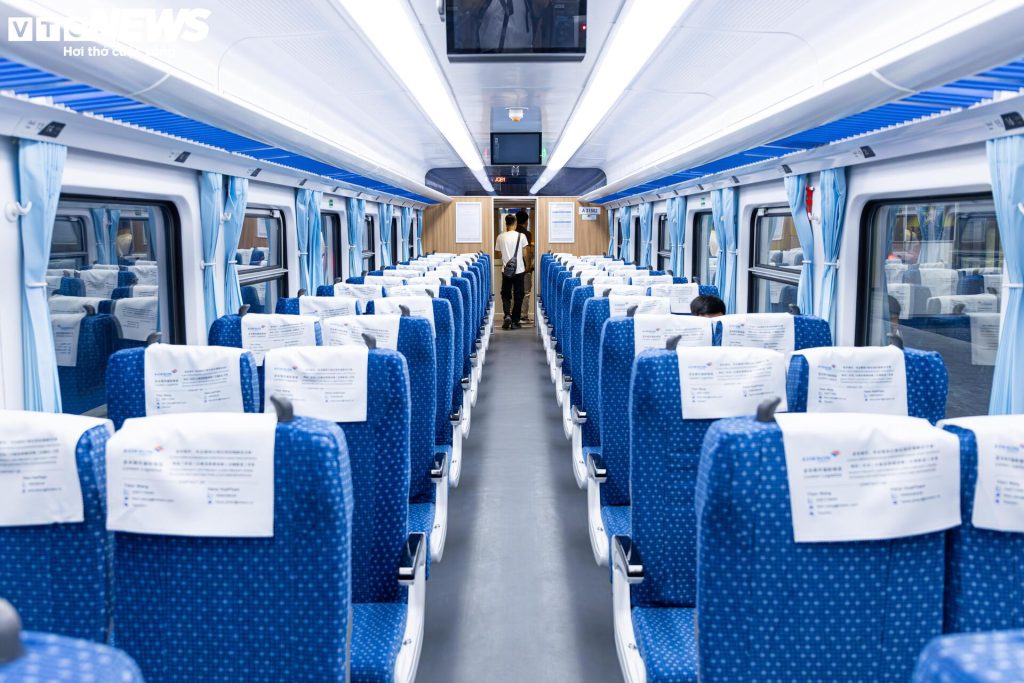
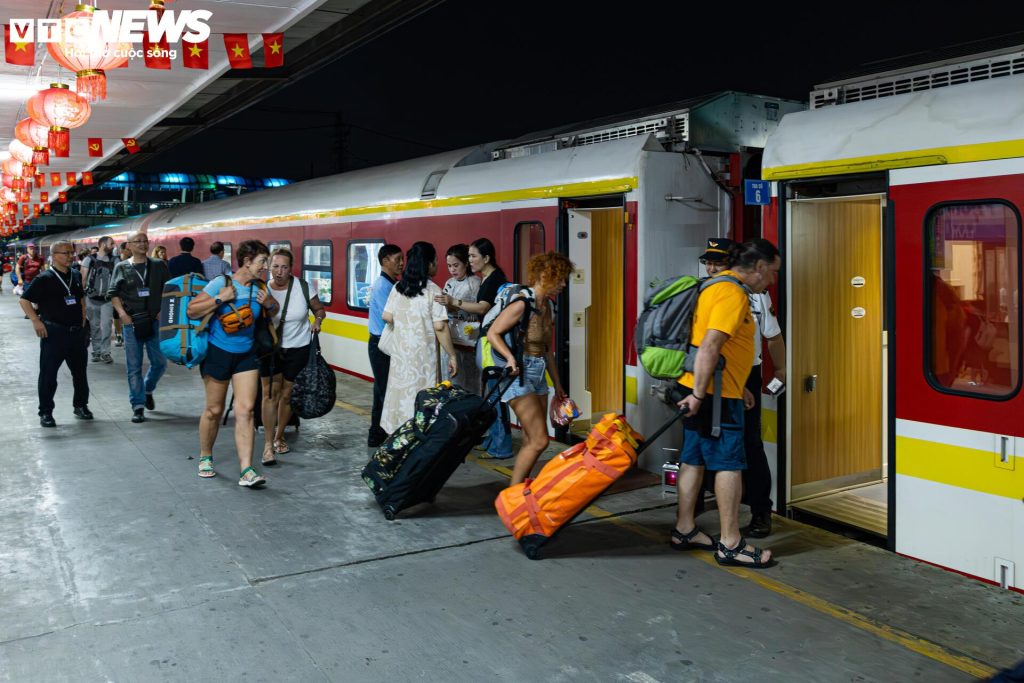

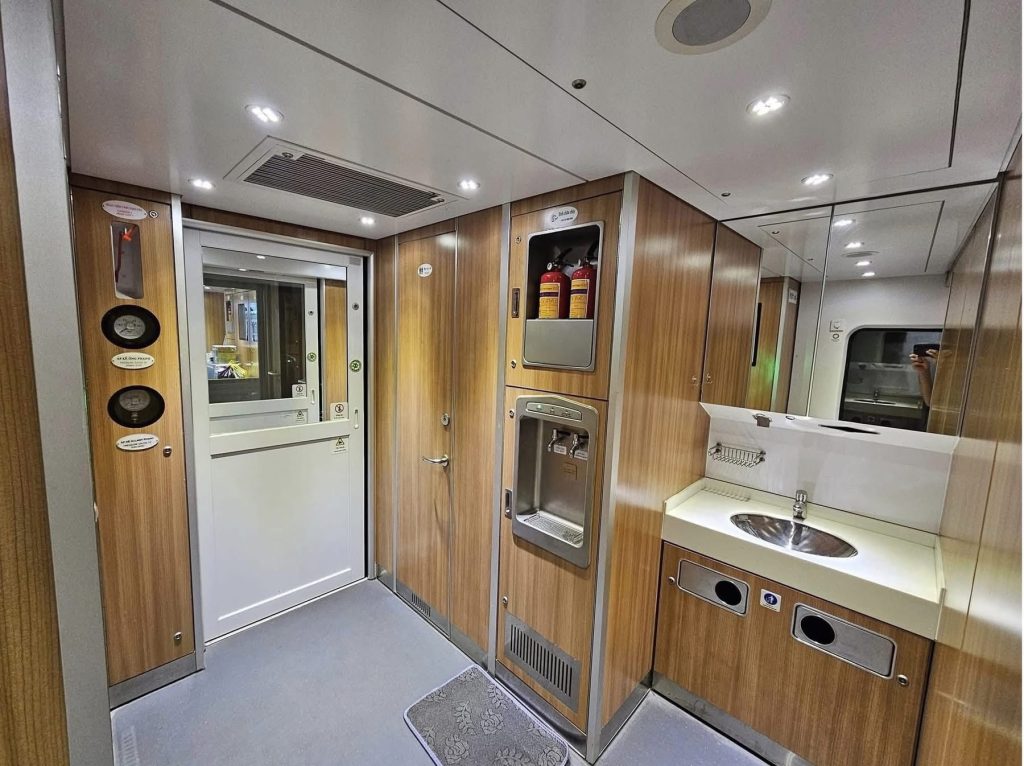
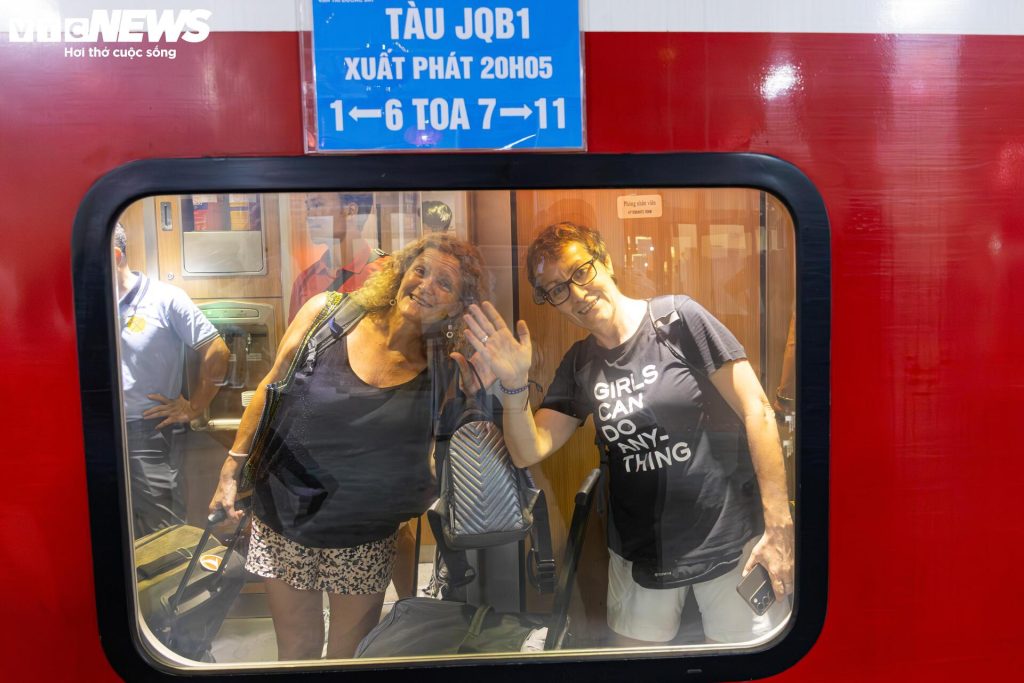
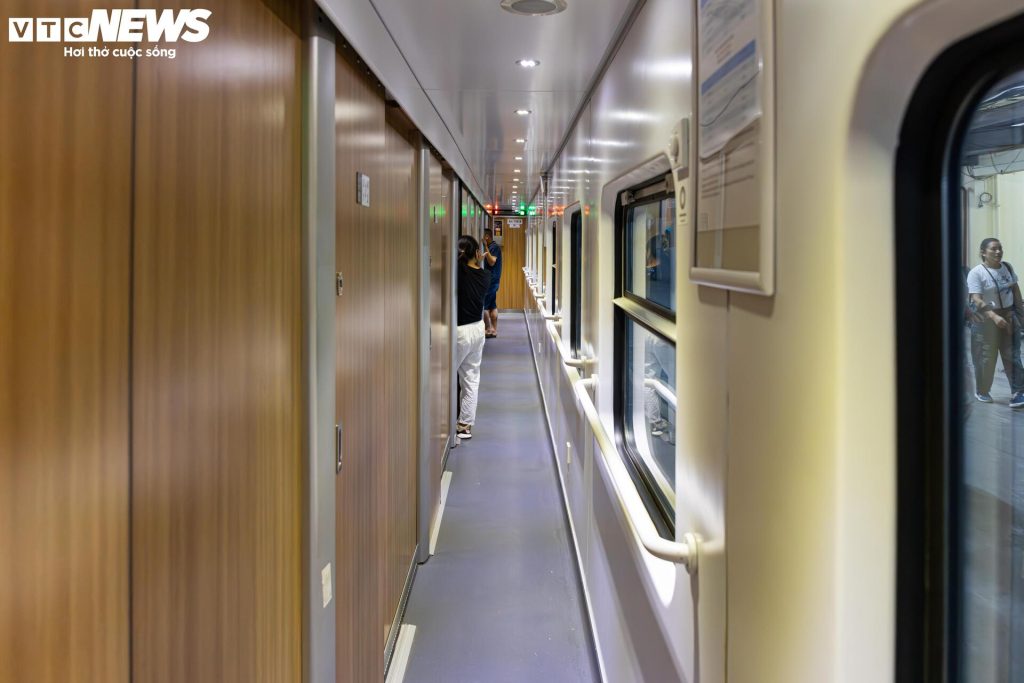
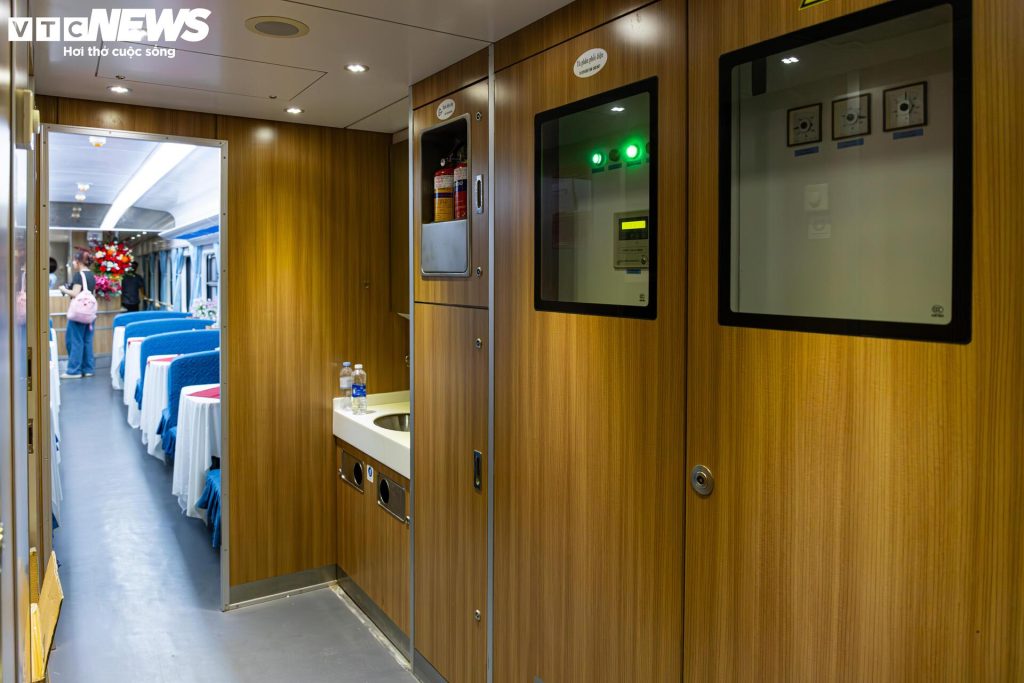
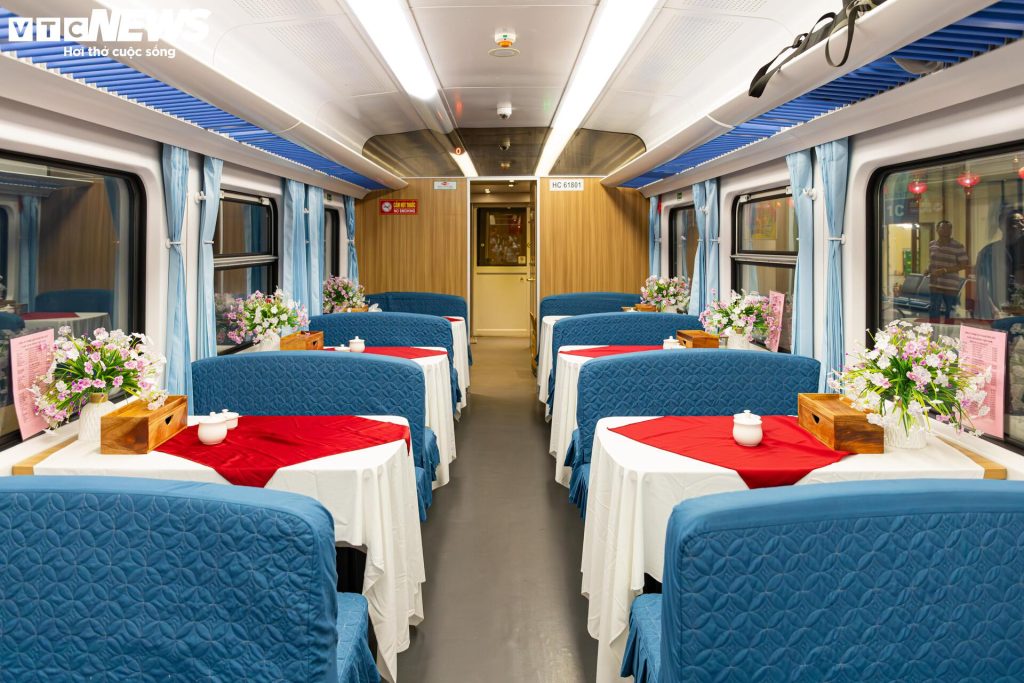
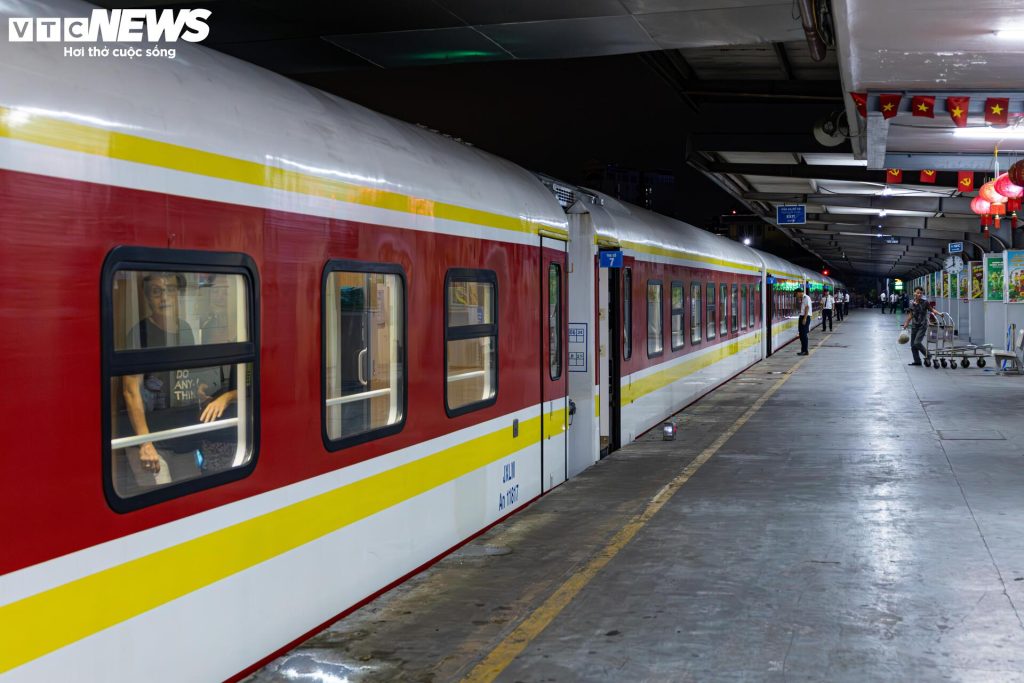
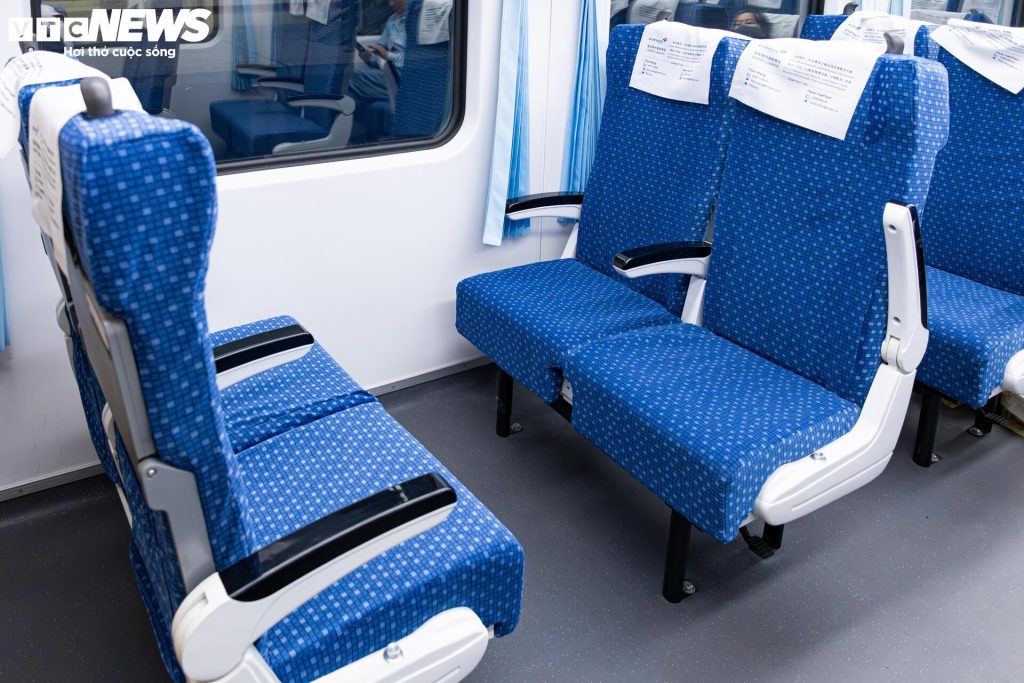
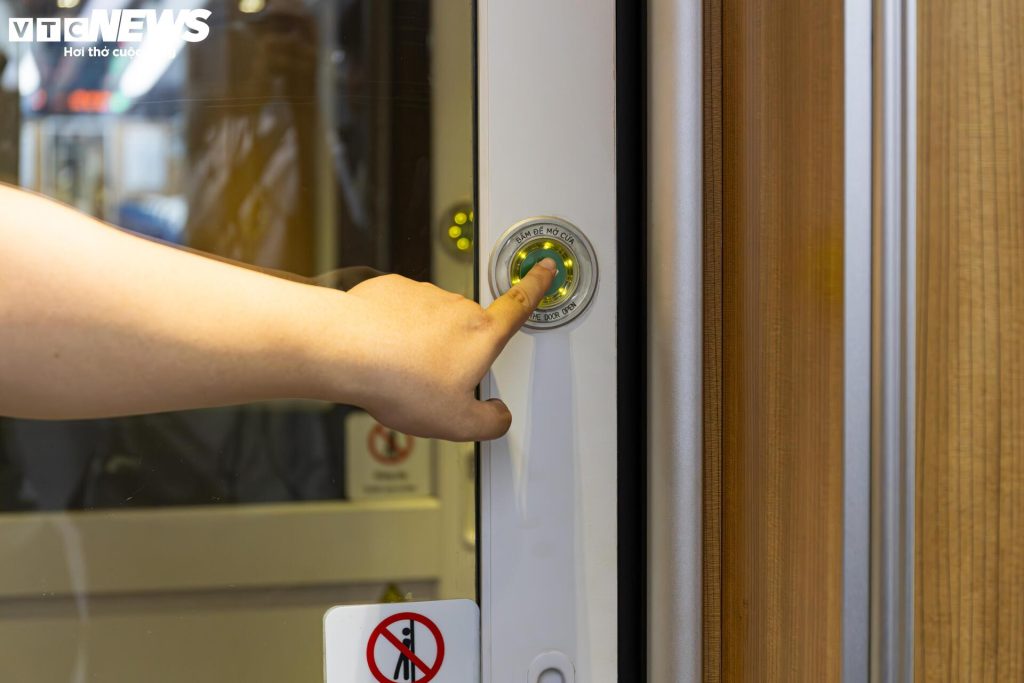
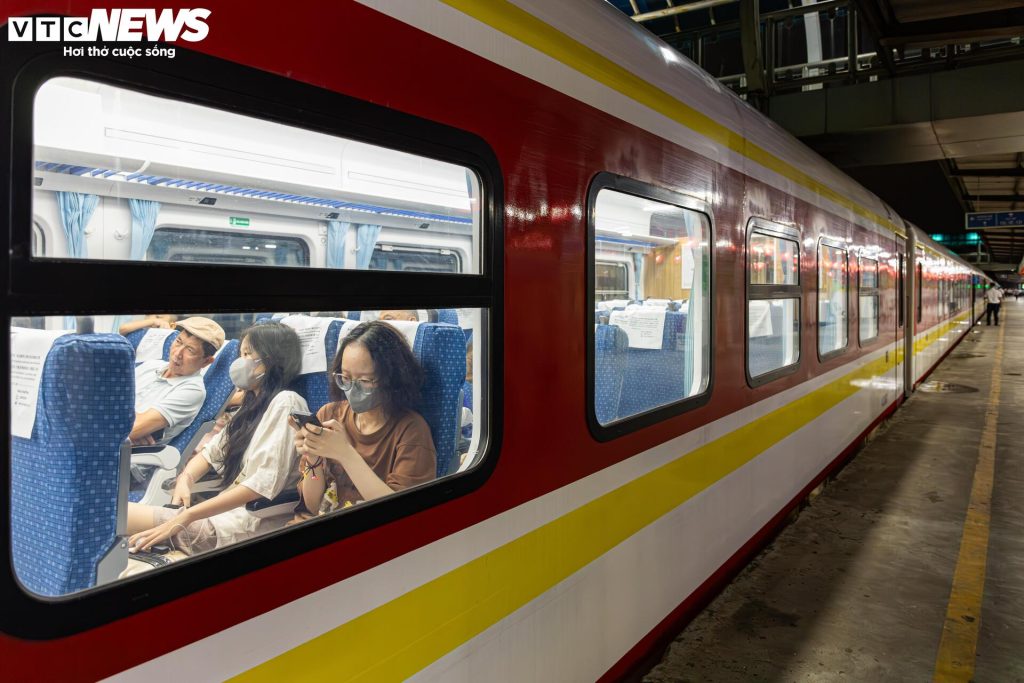

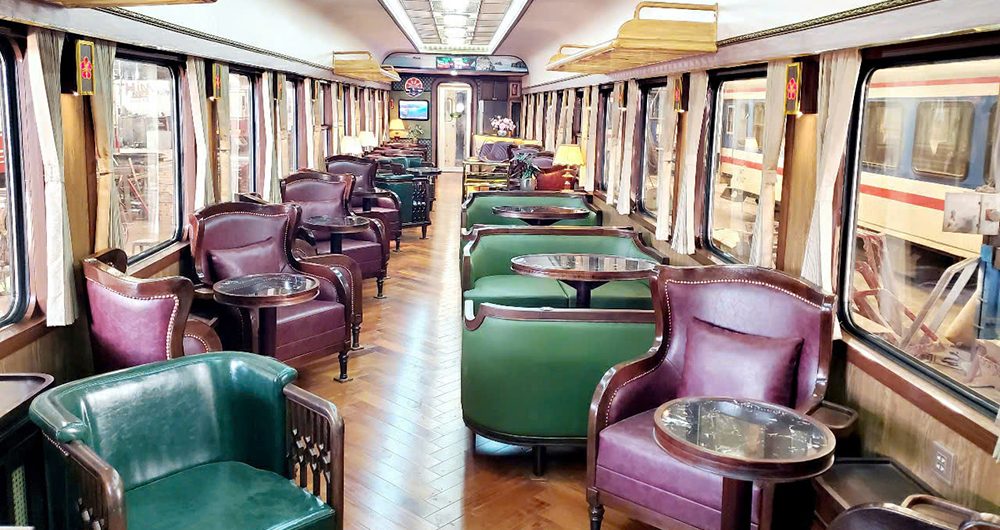

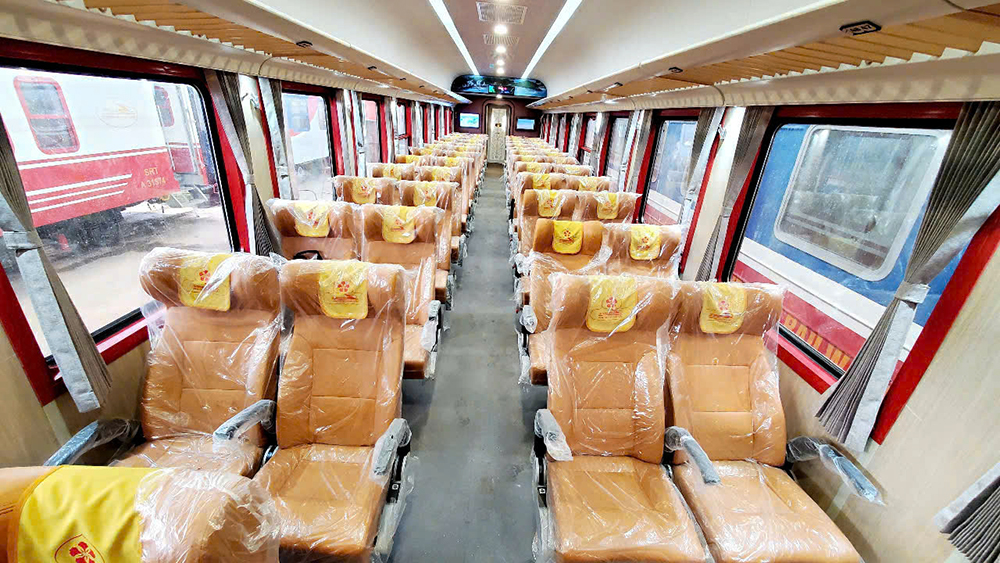
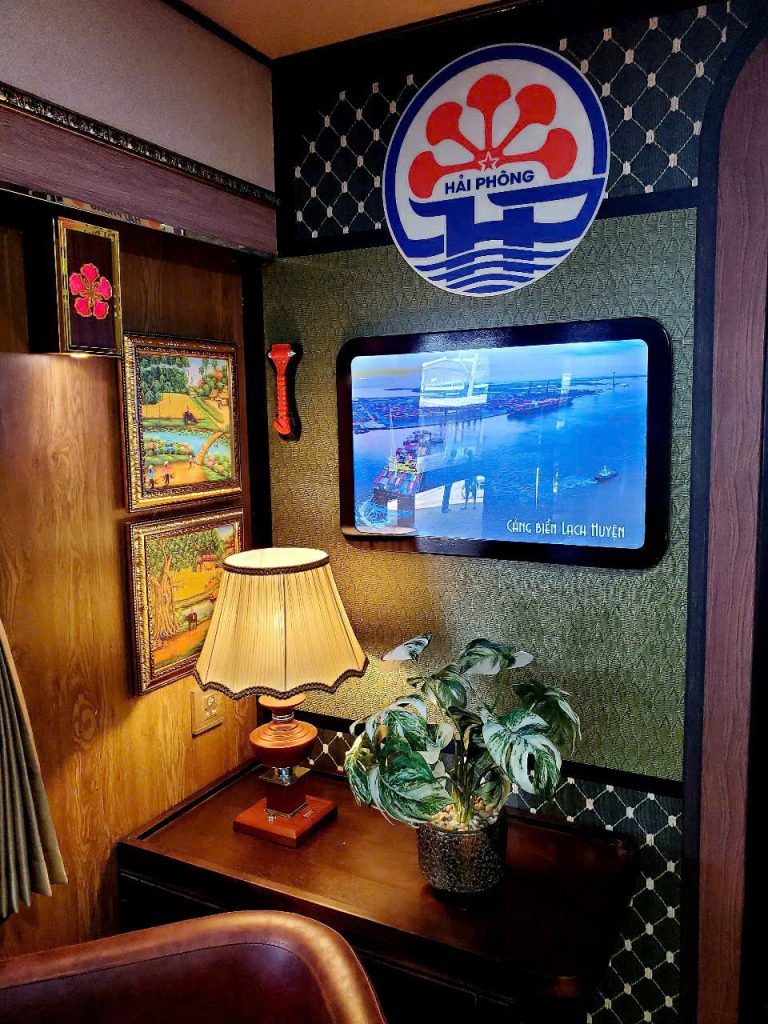
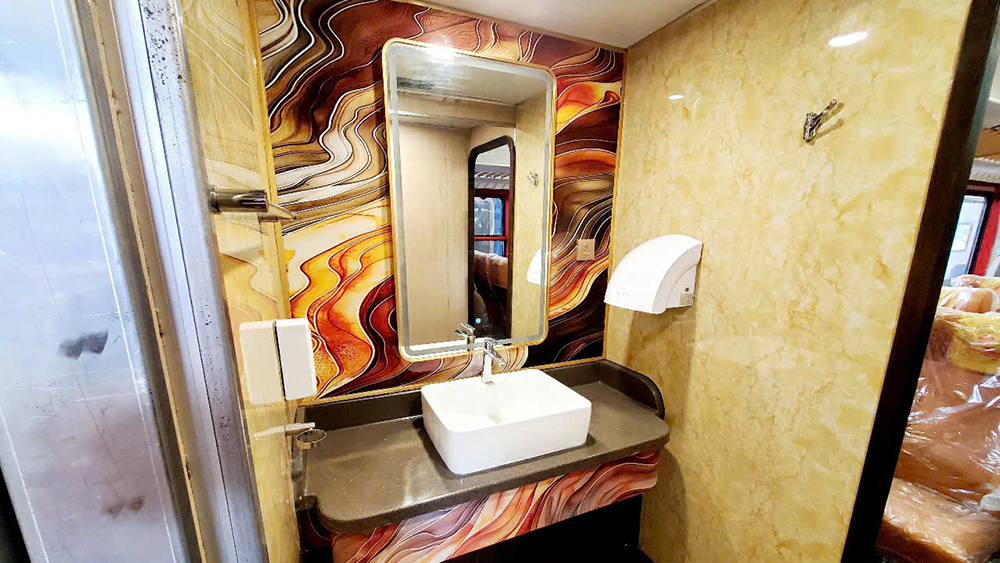
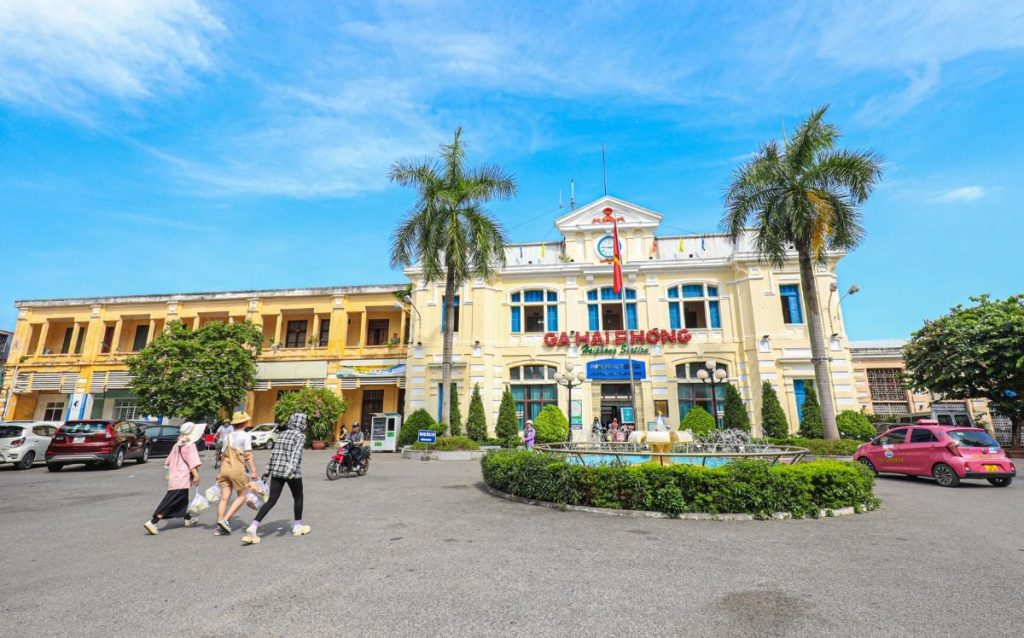
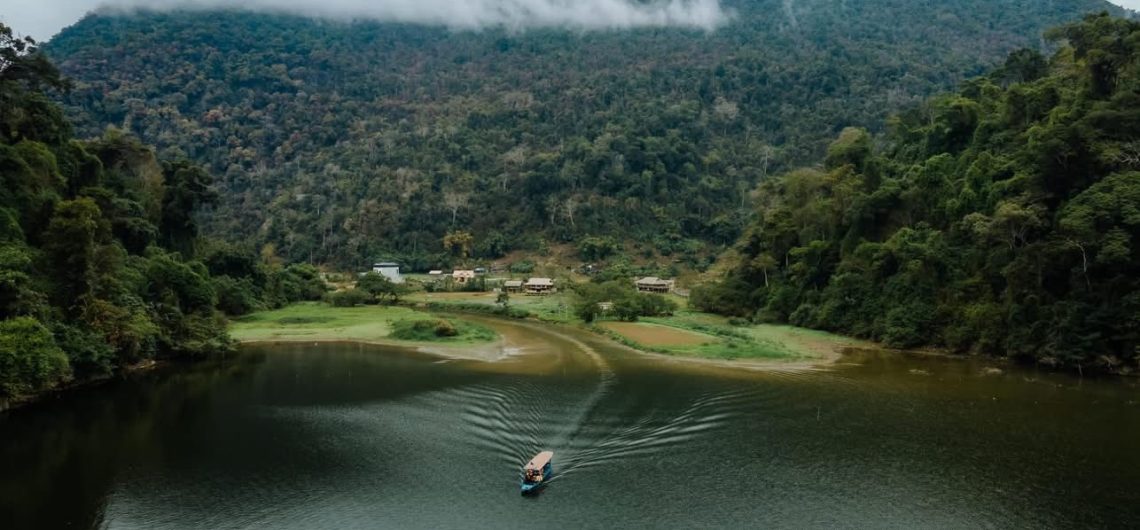
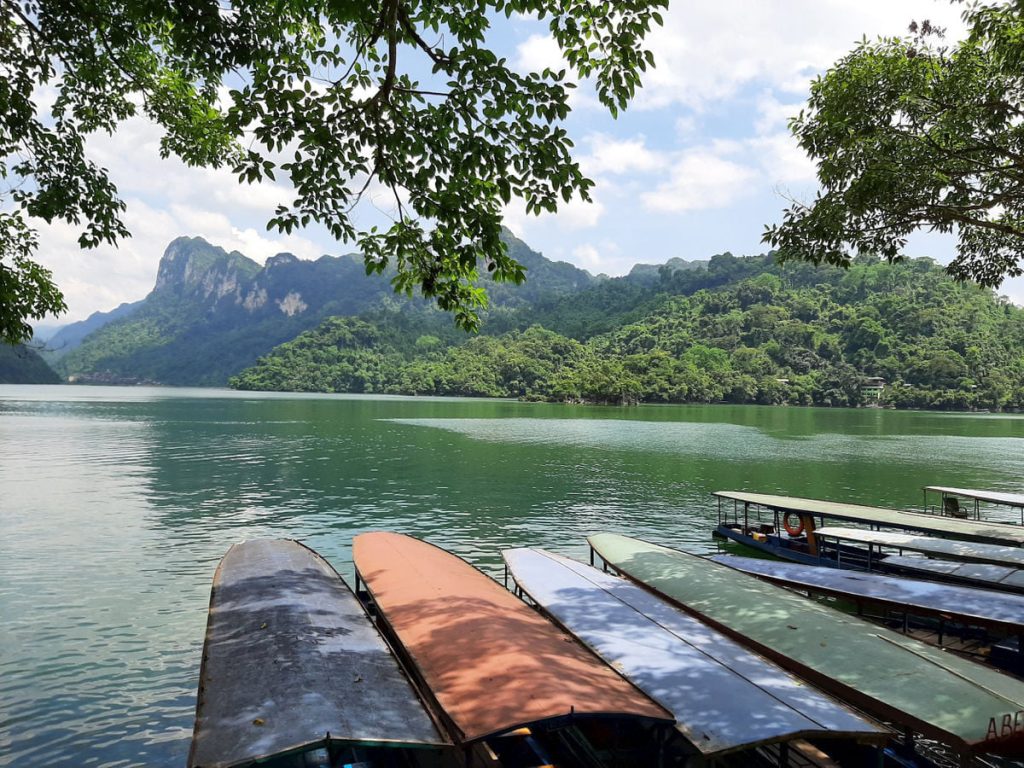
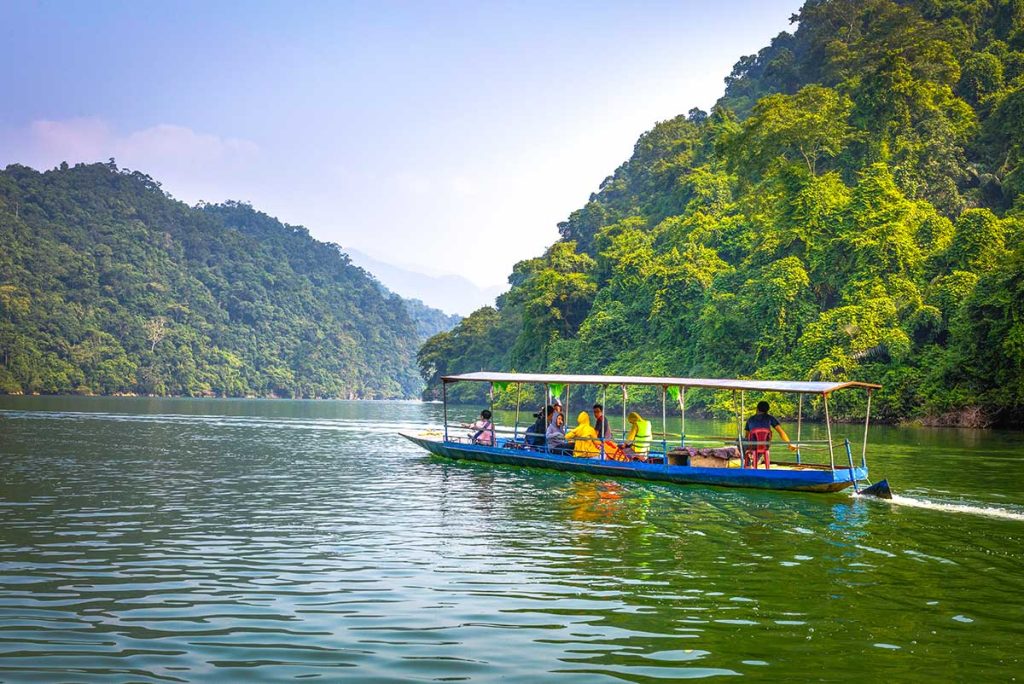
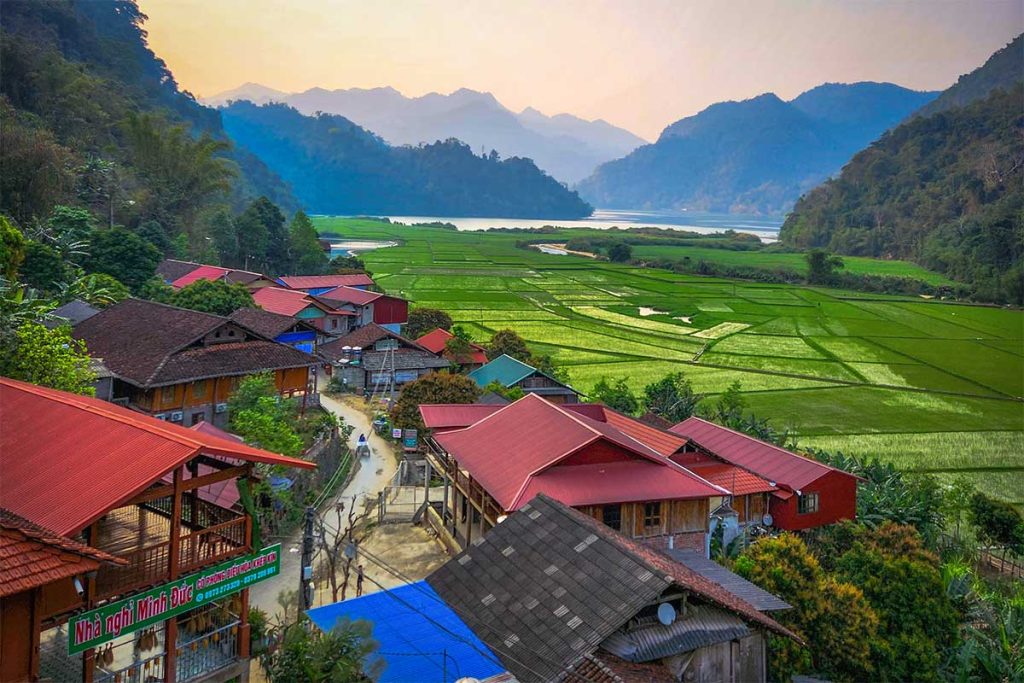
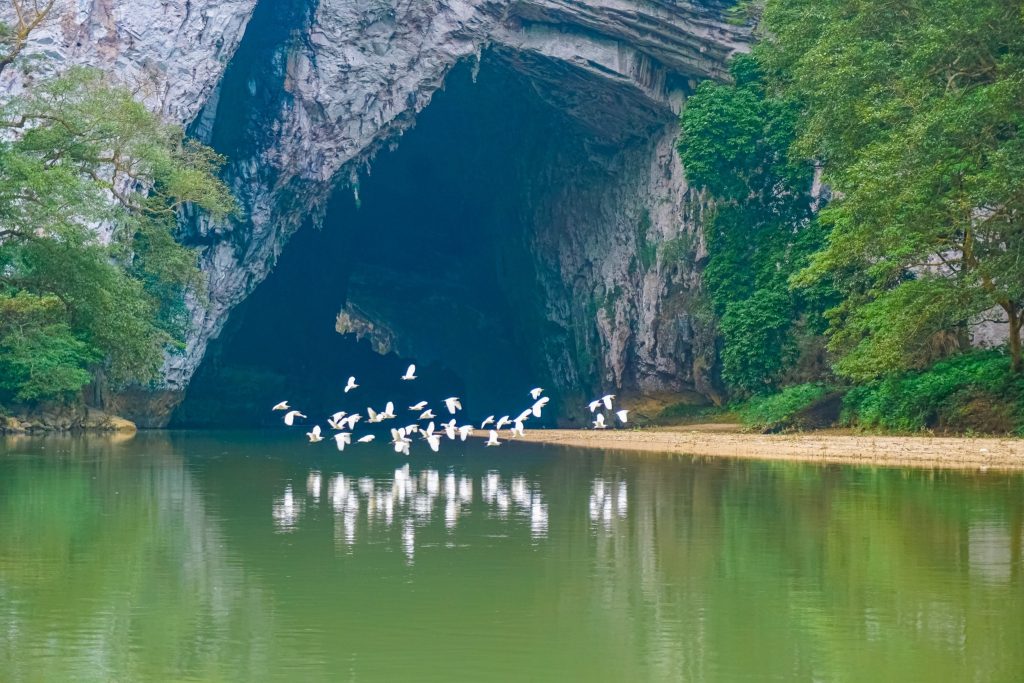

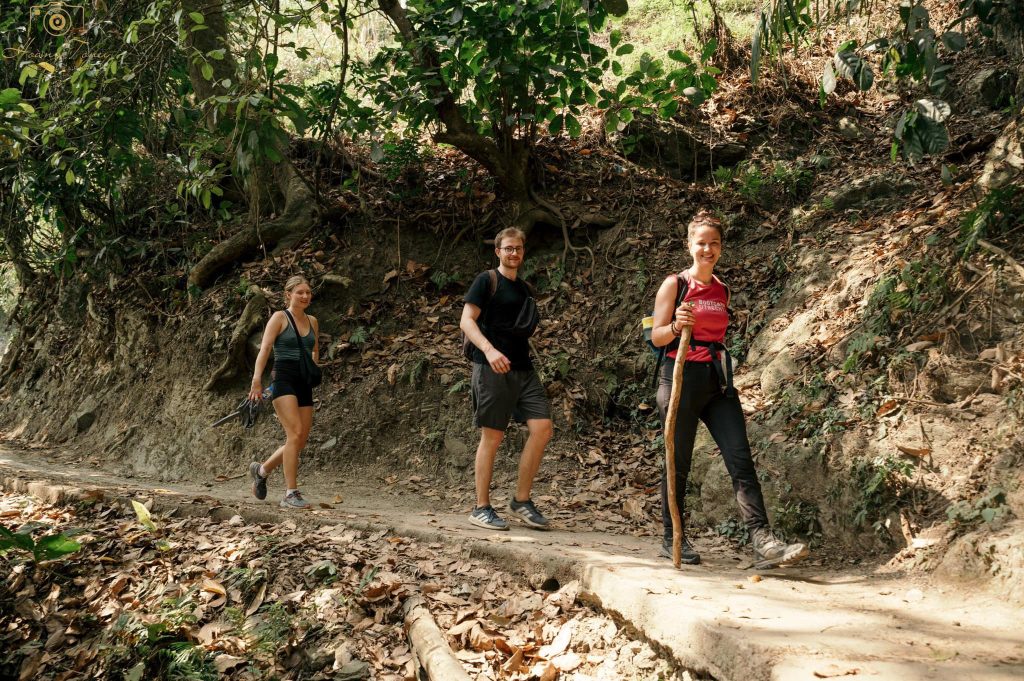
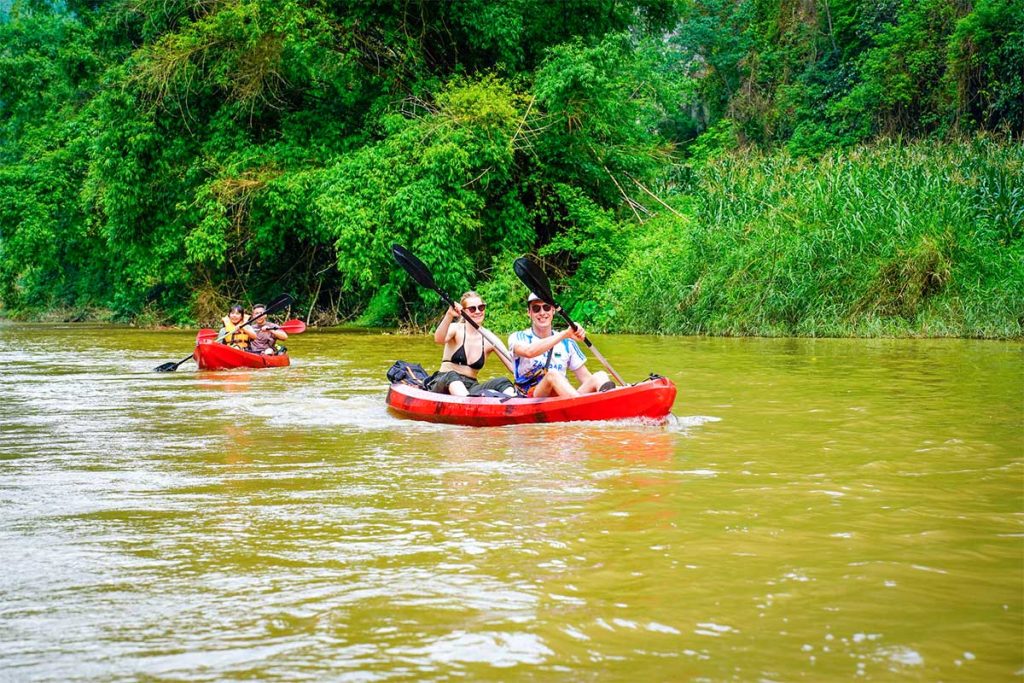
 What makes Ba Be National Park stand out isn’t just the scenery, but the sense of authenticity. This isn’t a polished, over-touristed attraction. It’s a living landscape, shaped by both nature and human hands.
What makes Ba Be National Park stand out isn’t just the scenery, but the sense of authenticity. This isn’t a polished, over-touristed attraction. It’s a living landscape, shaped by both nature and human hands.